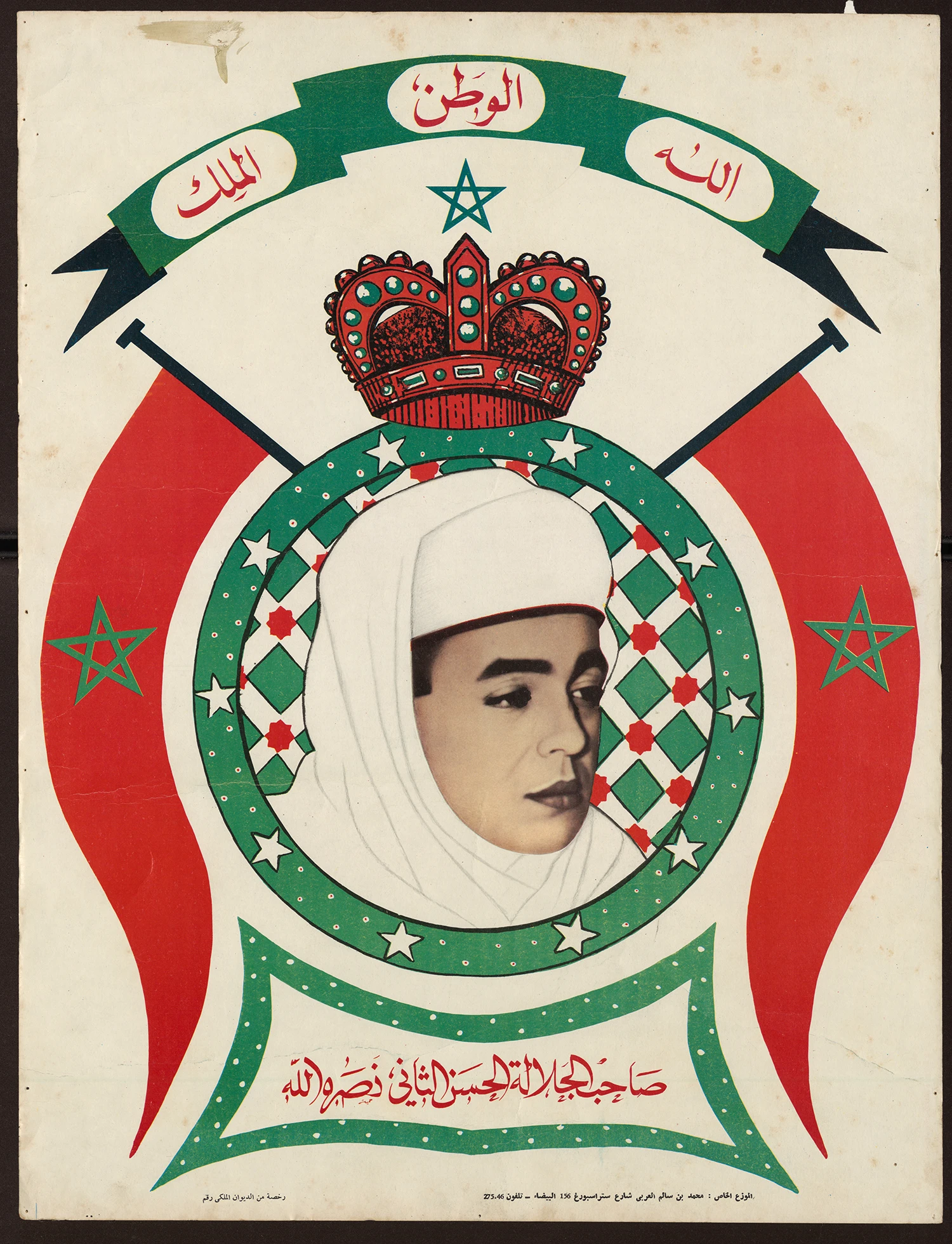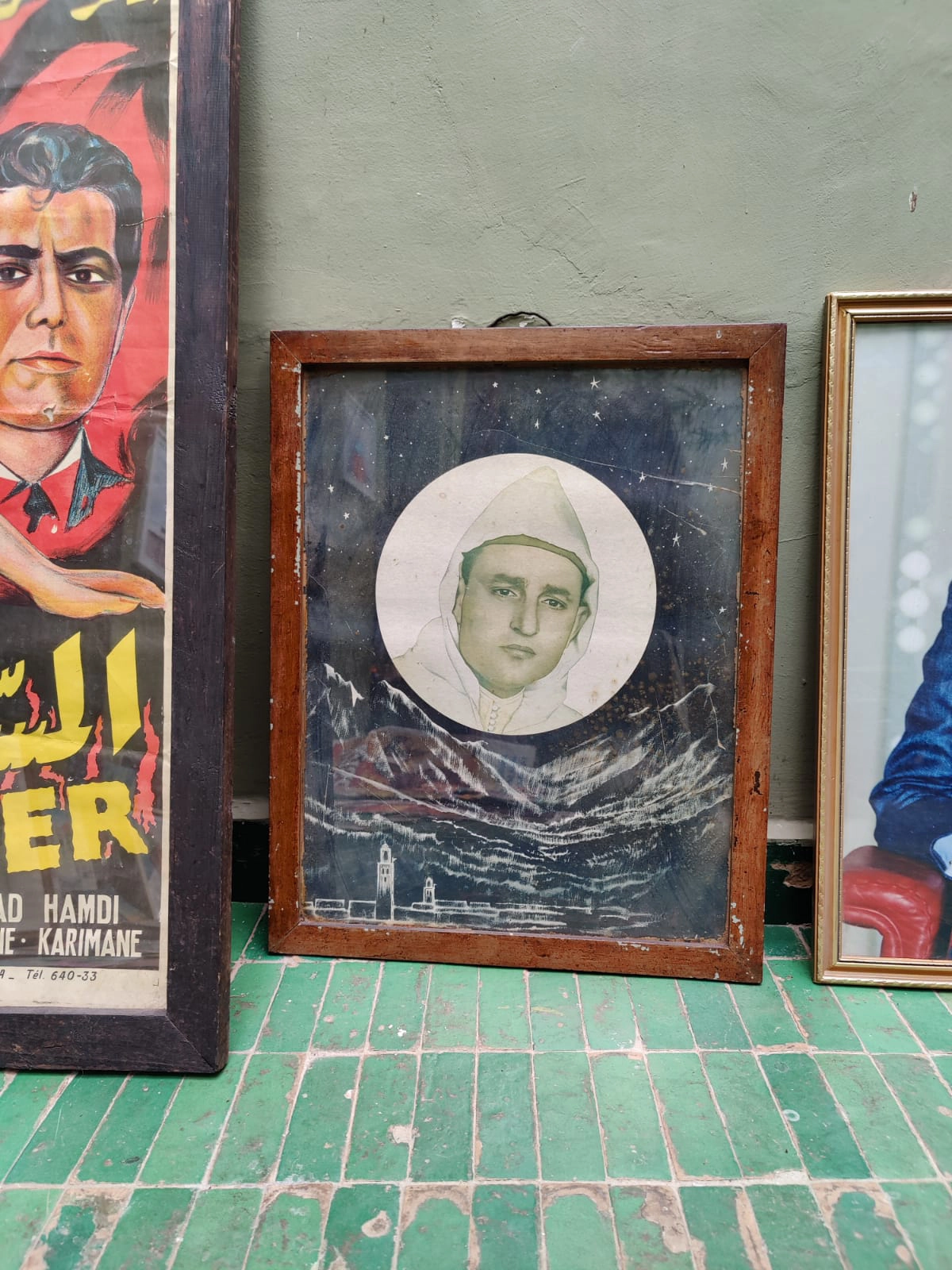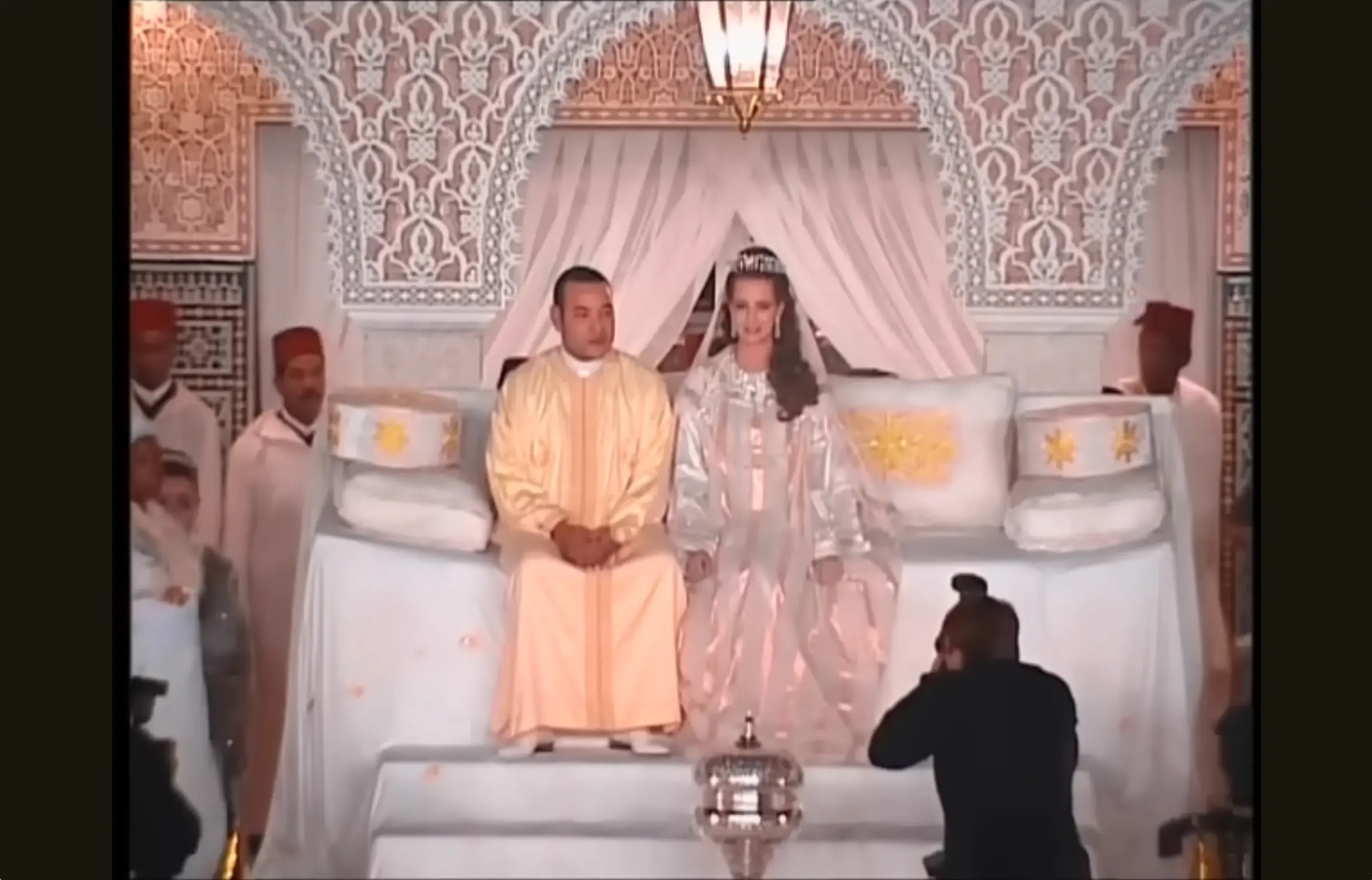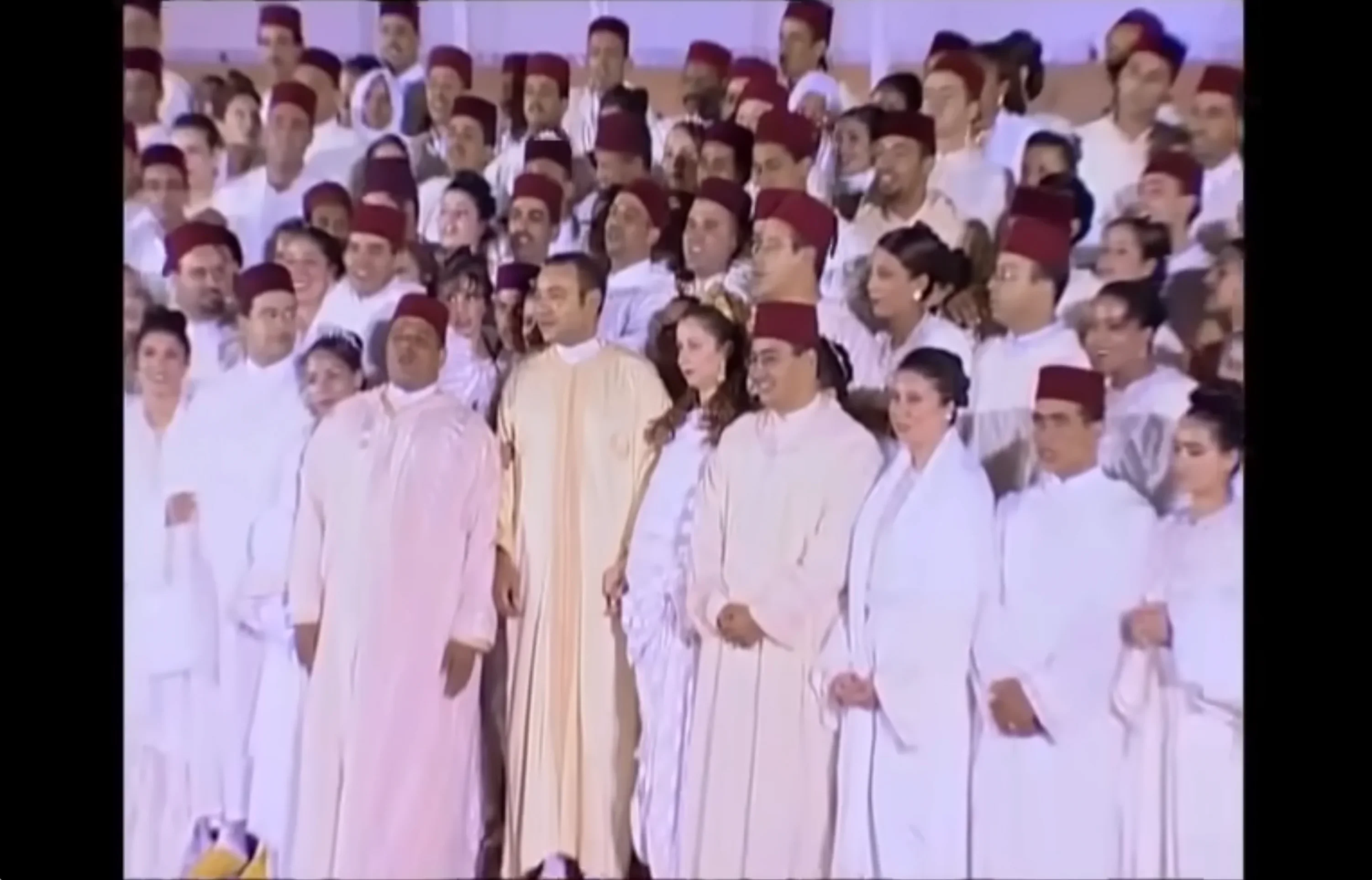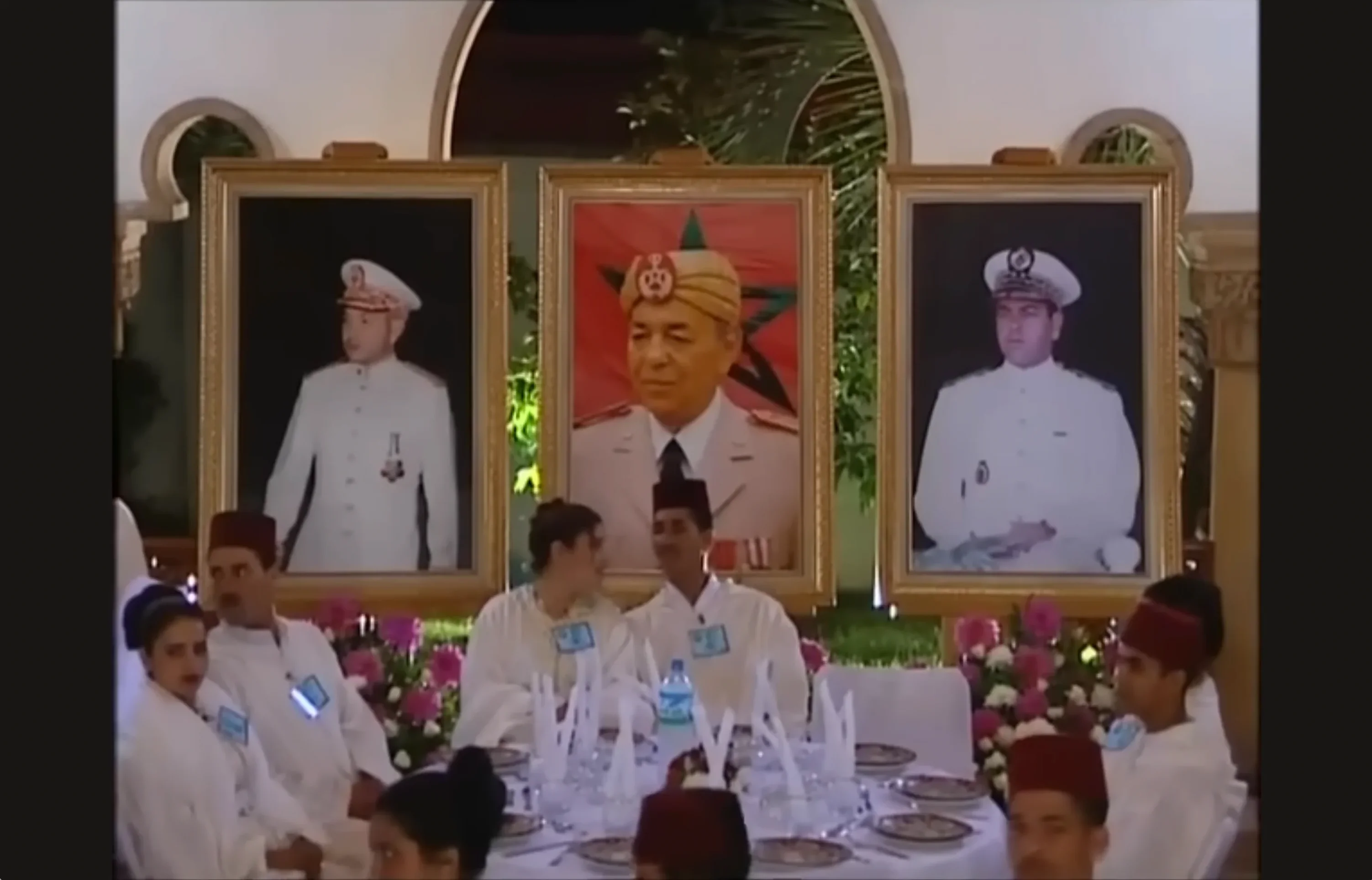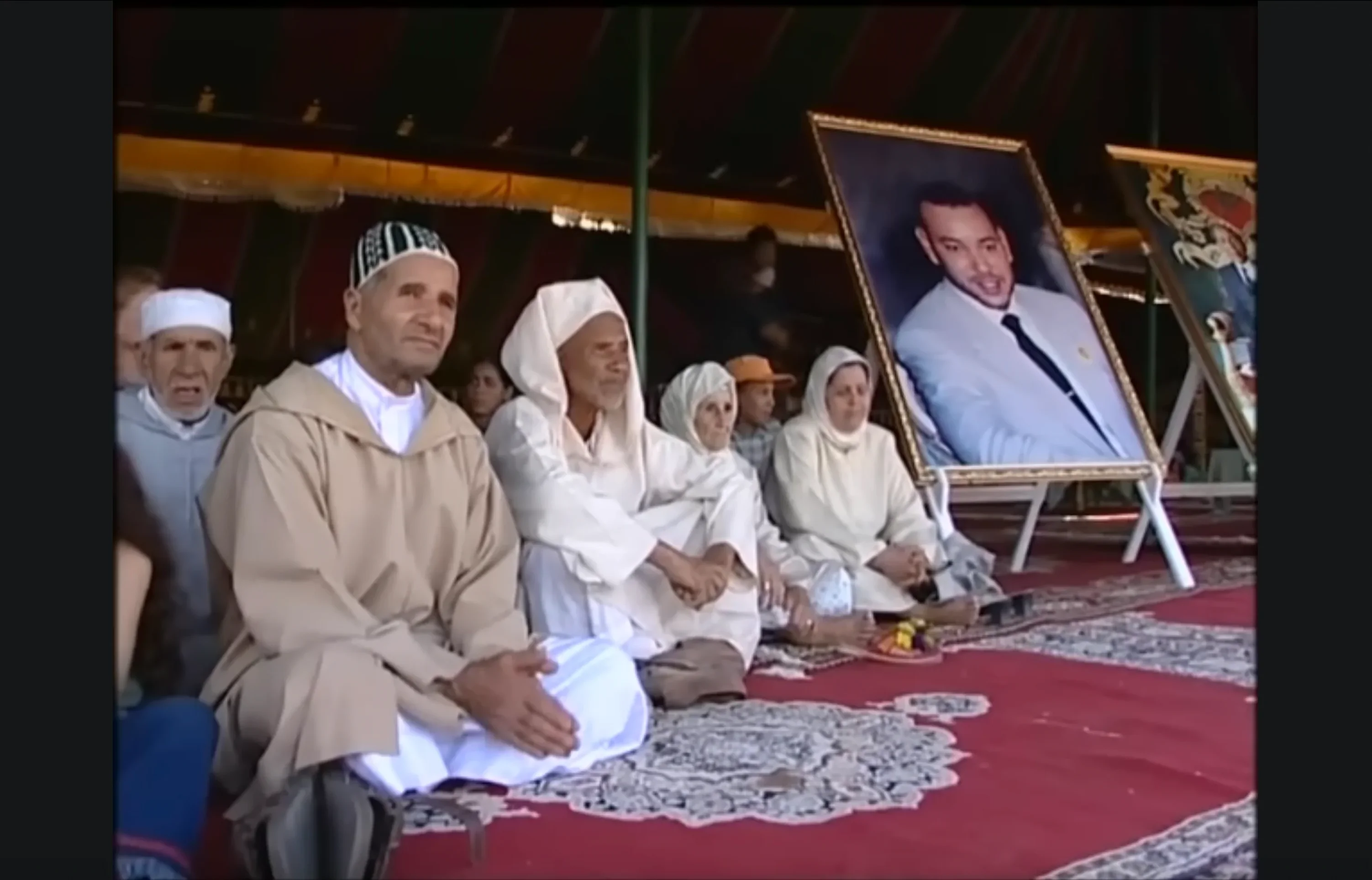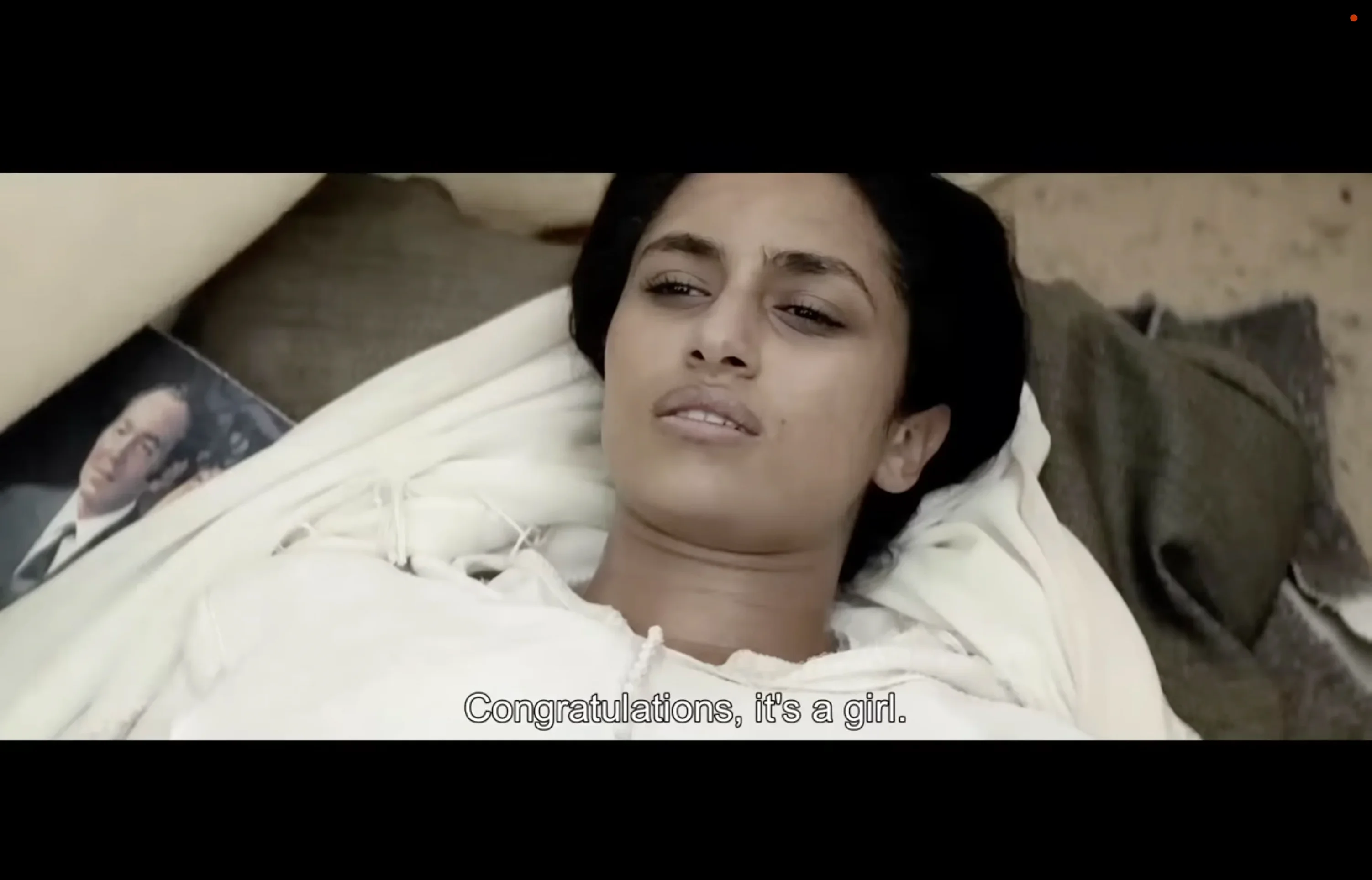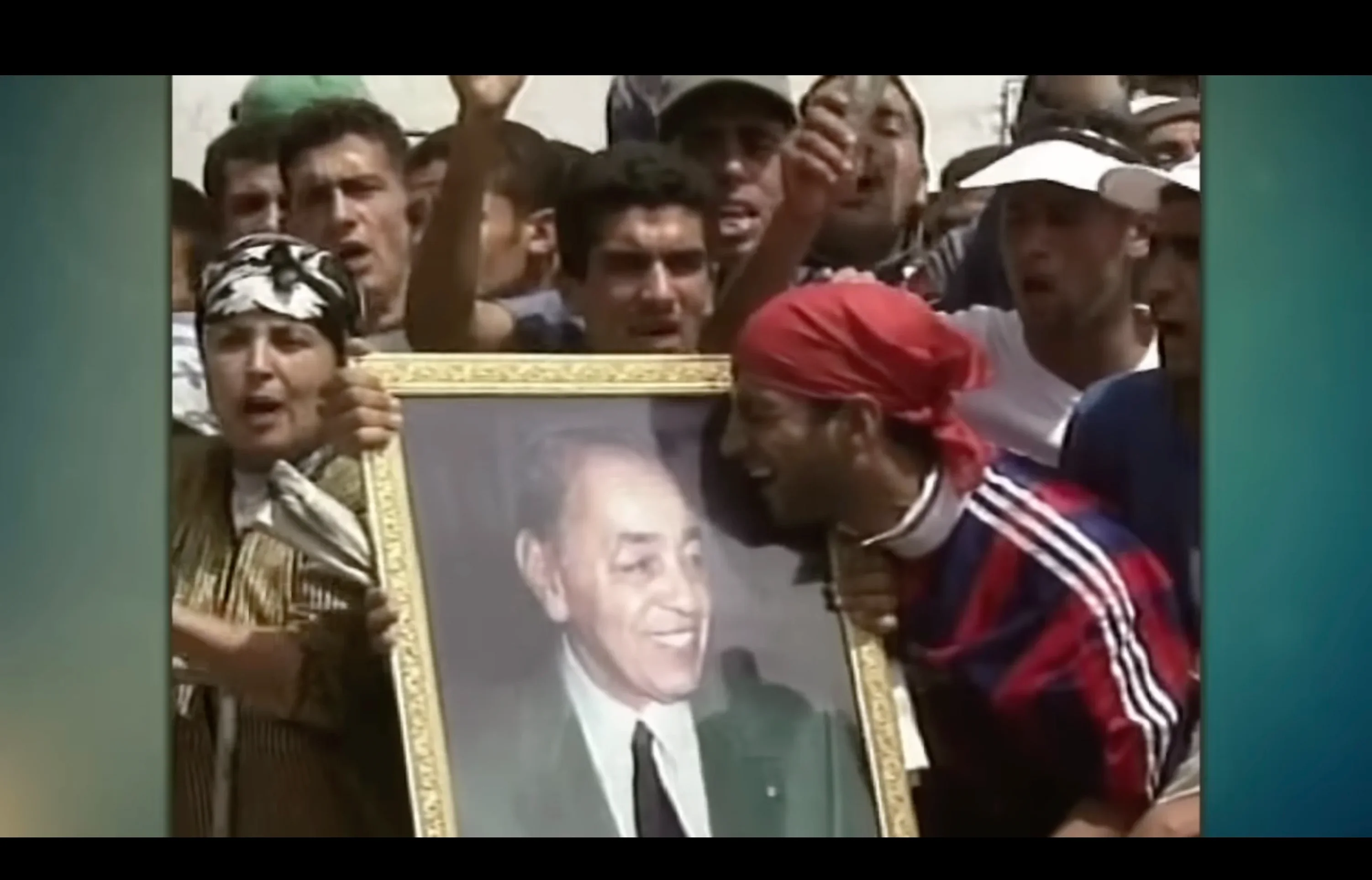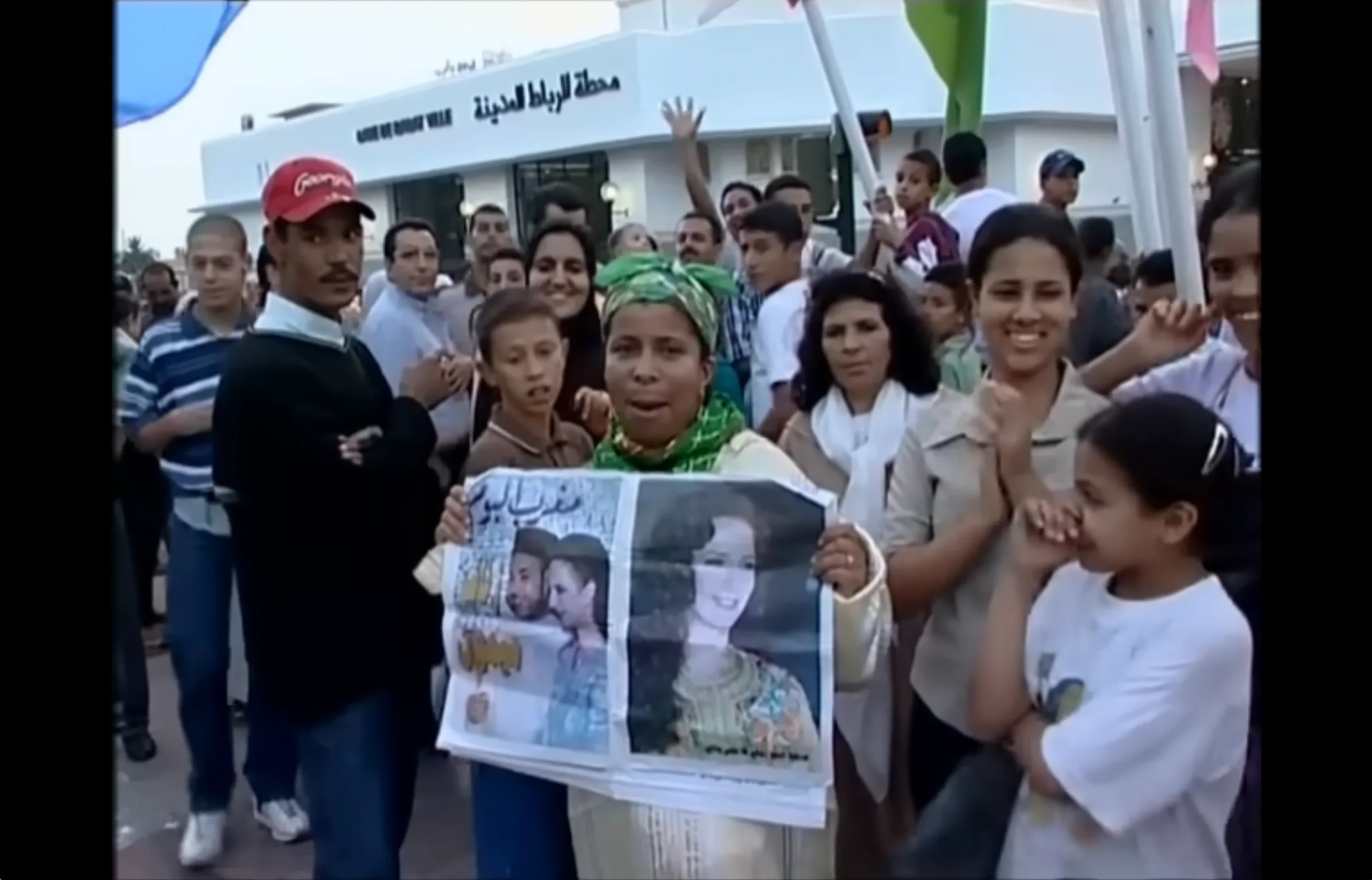Exploring the strategies of displaying and staging the royal portrait in Morocco
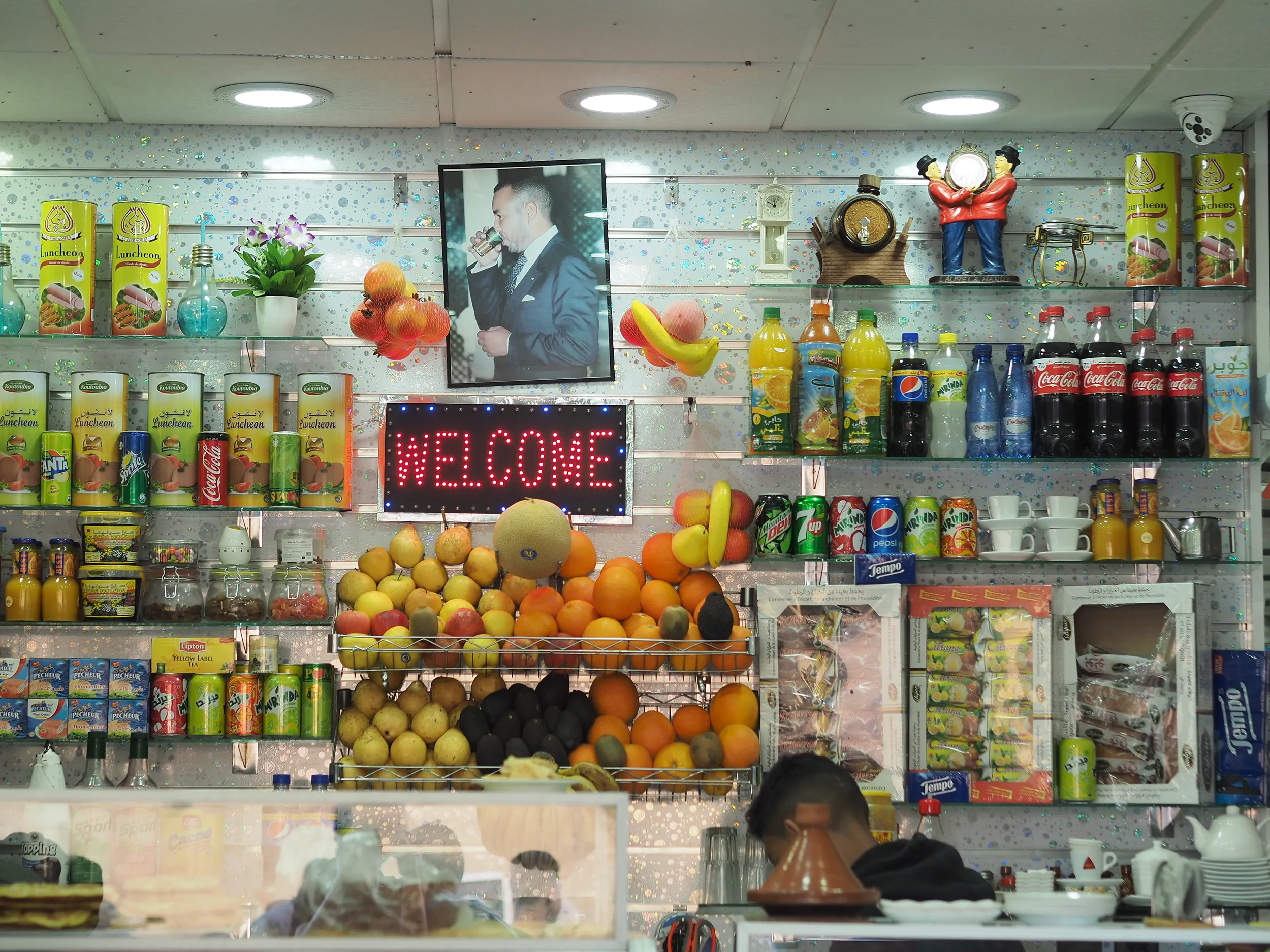
(1) Ma7laba, April 2019, Fes, Photo: Elodie Sacher
In present-day Morocco, the royal portrait guarantees the visual omnipresence of King Mohammed VI and elevates his public image to that of everyone's king. The present work started with a visual field study (2018–2021) on the portrait of the current monarch, focusing on the reception of his image by the people and thus on its display in public and private spaces. As the pervasive presence of the royal effigy in shops, restaurants, schools, etc. is only enforced by customary law (ʿurf), Moroccans can choose from among the many portraits of Mohammed VI the one that best suits their business concept or their individual perception of the King. As such, Mohammed VI appears in many cafés with a glass of mint tea, while the country's bakeries are more likely to choose a photo of the royal family gathered around a birthday cake.
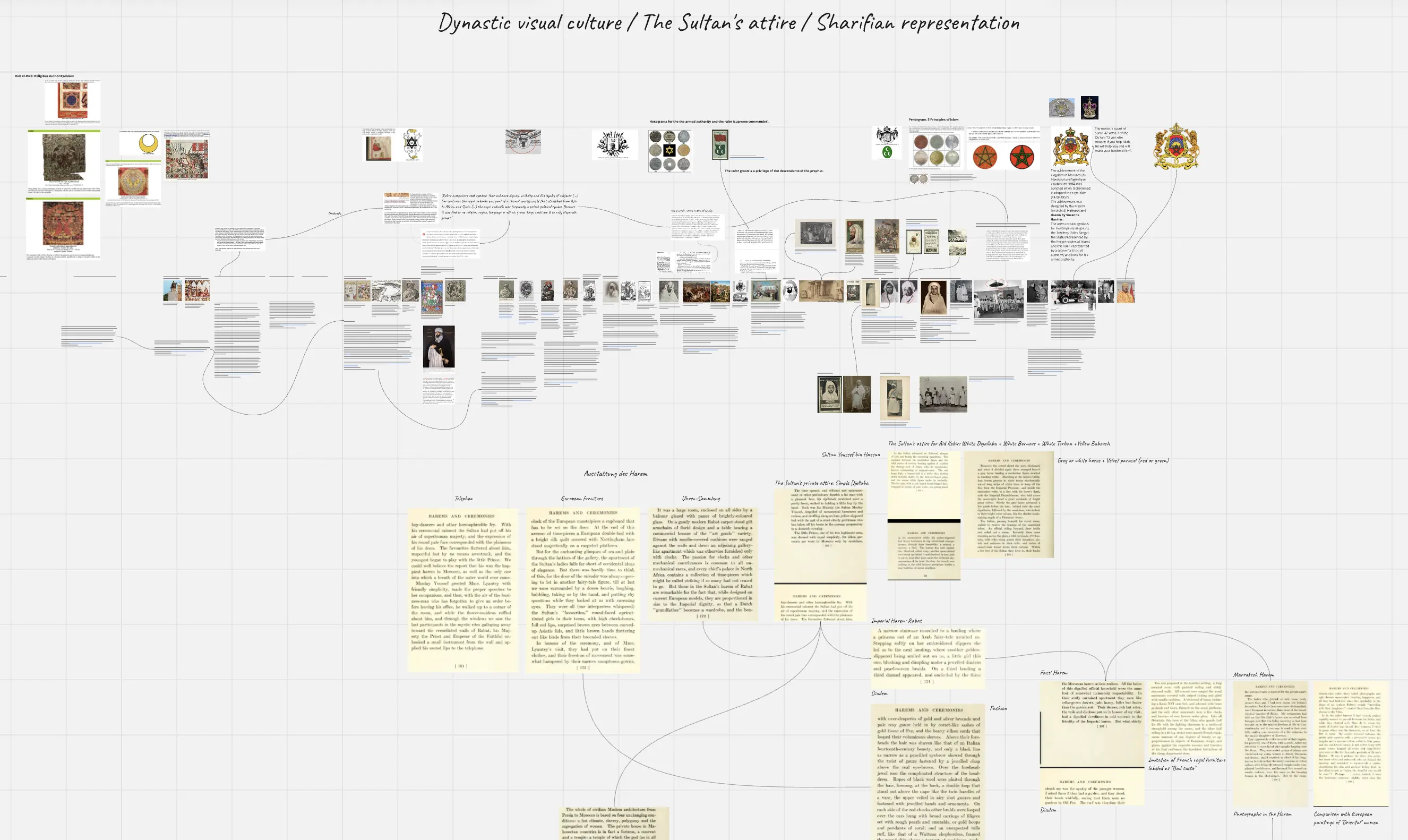
(2) Research on dynastic visual culture, the sultan's attire and Sharifian representation
The study traces how the ruling ʿAlawī dynasty supplemented its pre-colonial performative representation of rulership, aimed at a local audience, with a visual representation of the ruler based on European monarchical traditions, without renouncing the dynasty's Sharifian legacy and its imagery. It also explores how the medium of photography has been used to perpetuate a multifaceted monarchical nationalism since the 1950s. Particular attention is paid to the use of photography's indexical quality and its capacity for industrial reproduction to materialise and multiply the sacred and secular omnipotence of the ʿAlawī ruler in public and private spaces. By analysing selected portraits of Mohammed V (Sultan: r. 1927-1953, 1955-1957; King: r. 1957-1961), Hassan II (r. 1961-1999) and Mohammed VI (r. since 1999) in terms of their design, use and dissemination, the paper outlines how photography helped the dynasty to maintain the ʿAlawī ruler's role as the spiritual and political anchor of society in an increasingly mediatised and globalised world. In addition to photographs, cinema, television and social media productions, as well as historical documents such as legal rulings (fatāwā), travelogues, chronicles, postcards and posters, enrich the analysis to explore the contemporaneity of each portrait.
Original title of the M.A. thesis: 'Allāh. al-Waṭan. al-Malik. (Allah. Vaterland. König): die Bildpolitik der ʿalawidischen Herrscherporträts von Mawlāy ʿAbdalʿazīz bis Mohammed VI.' (2024), supervised by Prof. Juliane von Fircks (FSU Jena) and Dr. Johannes Rosenbaum. I would like to thank Imane Zoubai for her help throughout the research process and for her transcription of Arabic manuscripts.
The research for the M.A. thesis was supported by the Honours Grant of the Friedrich Schiller University of Jena.
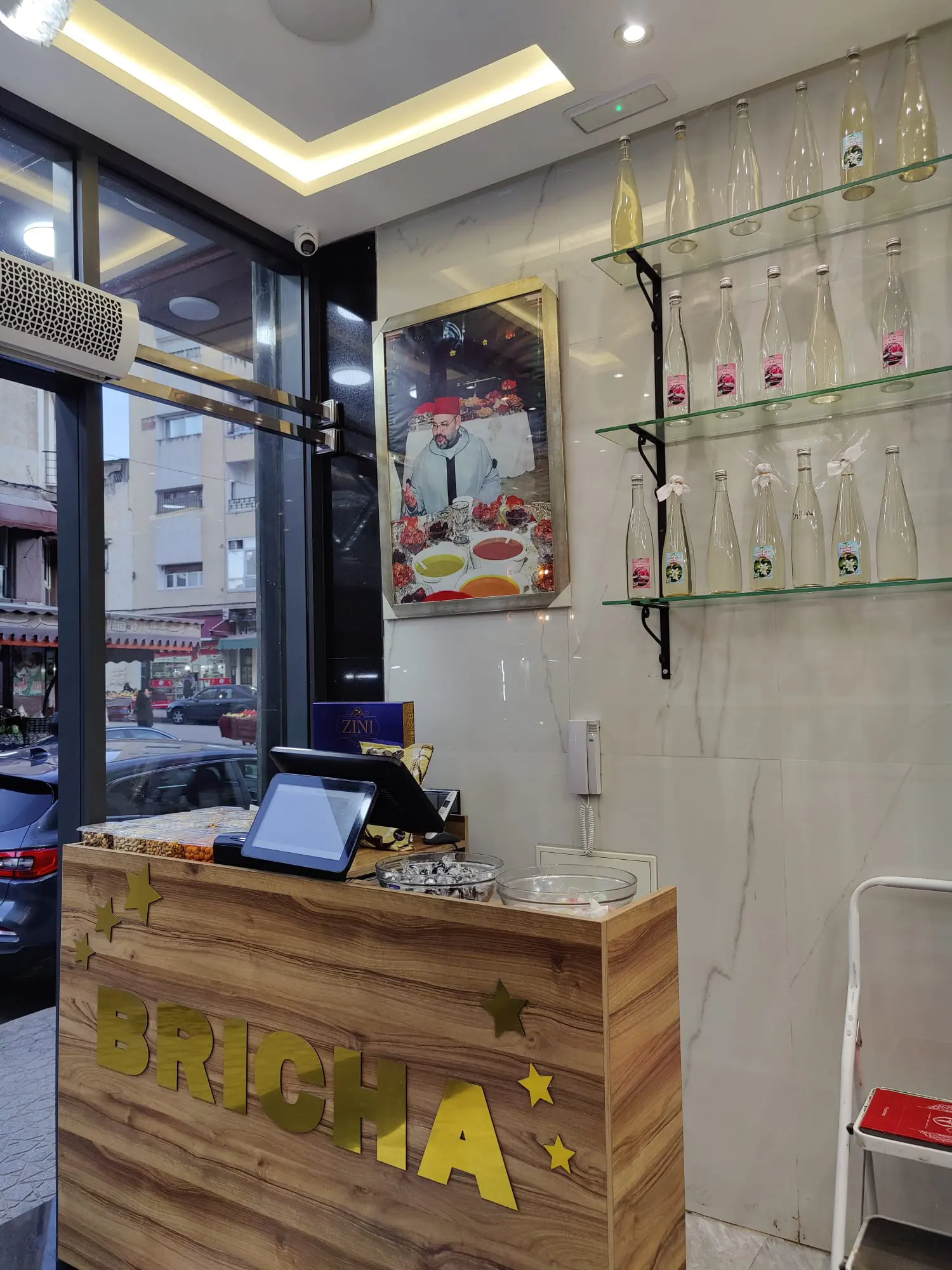
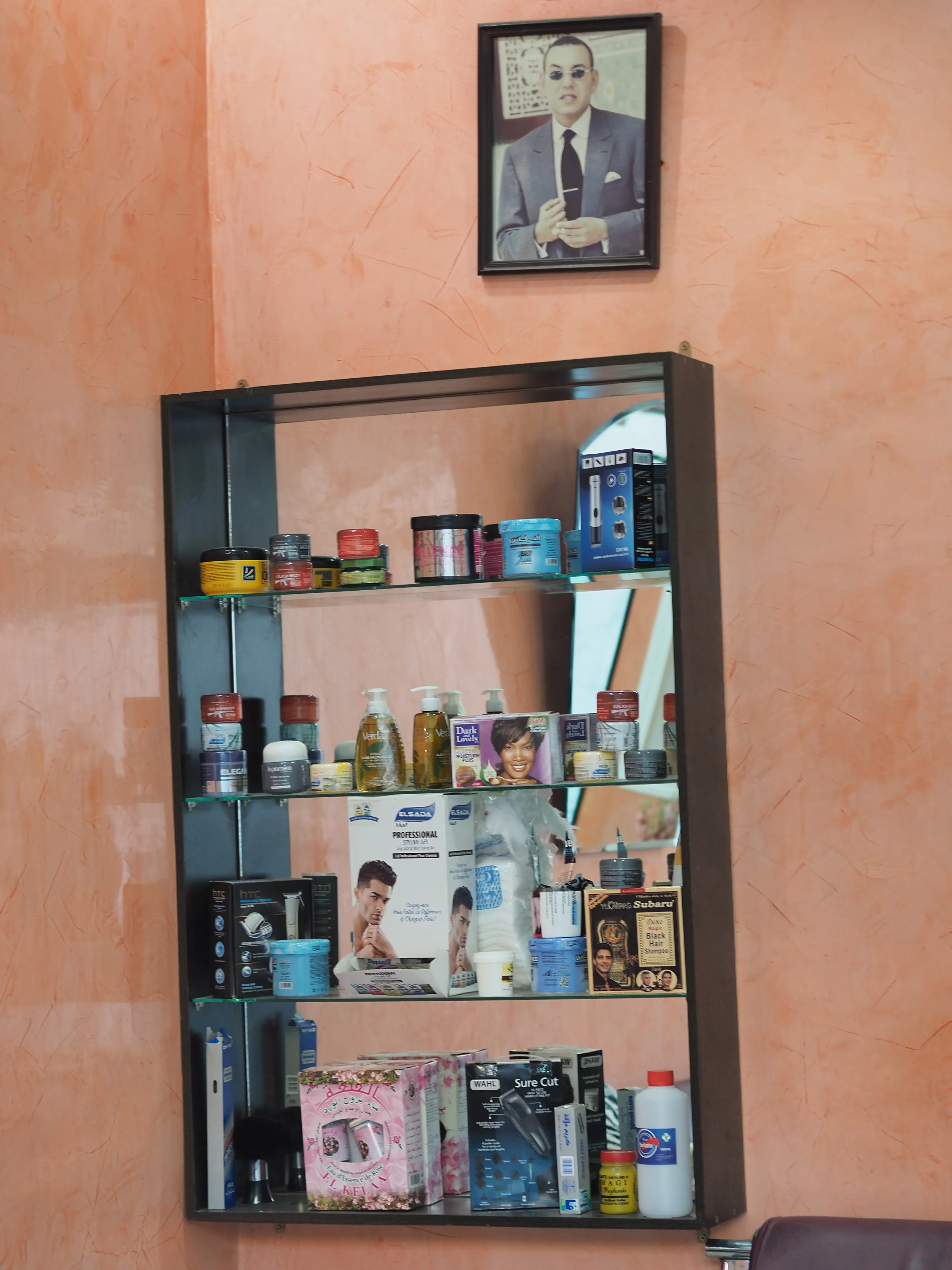

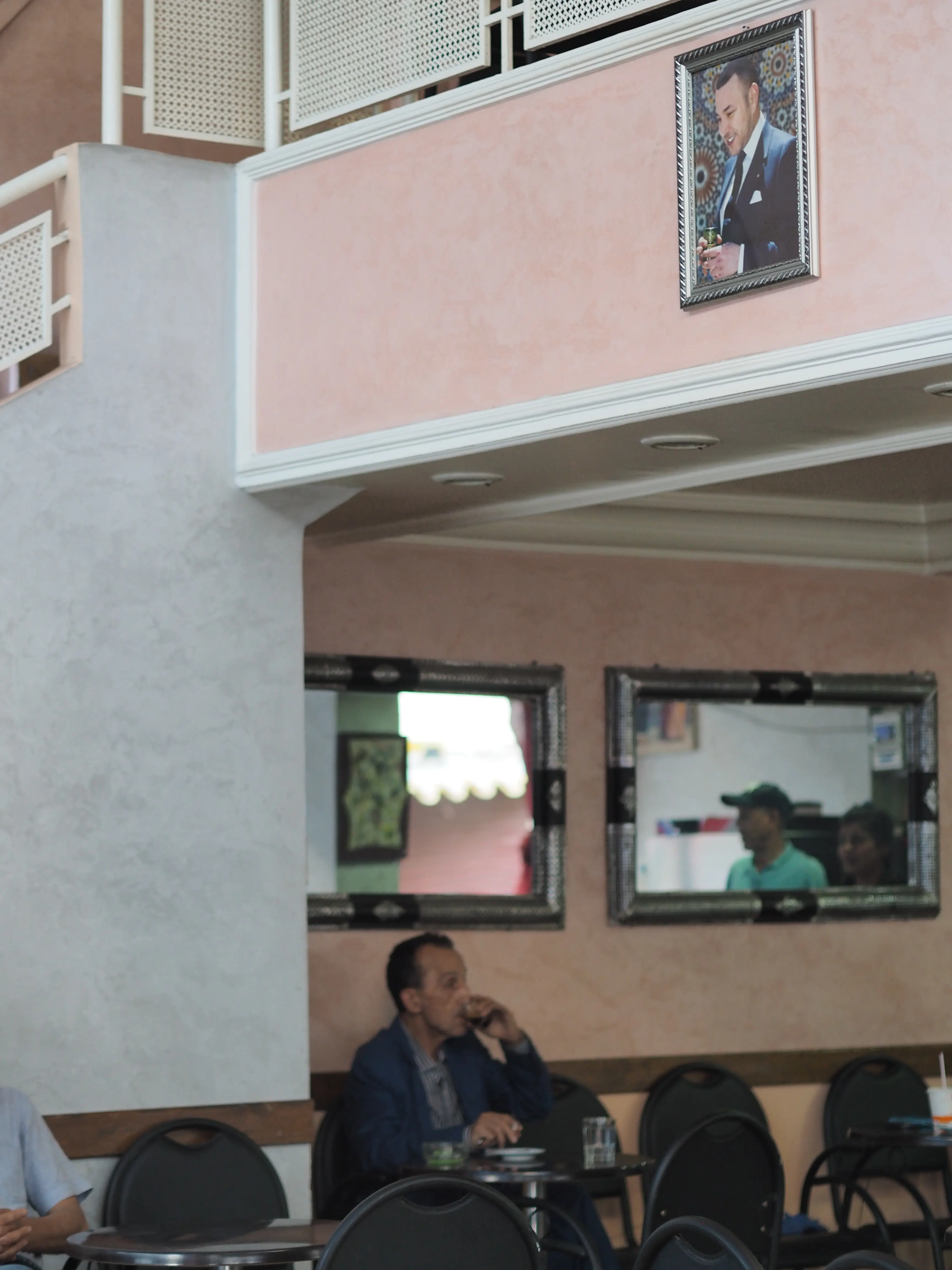

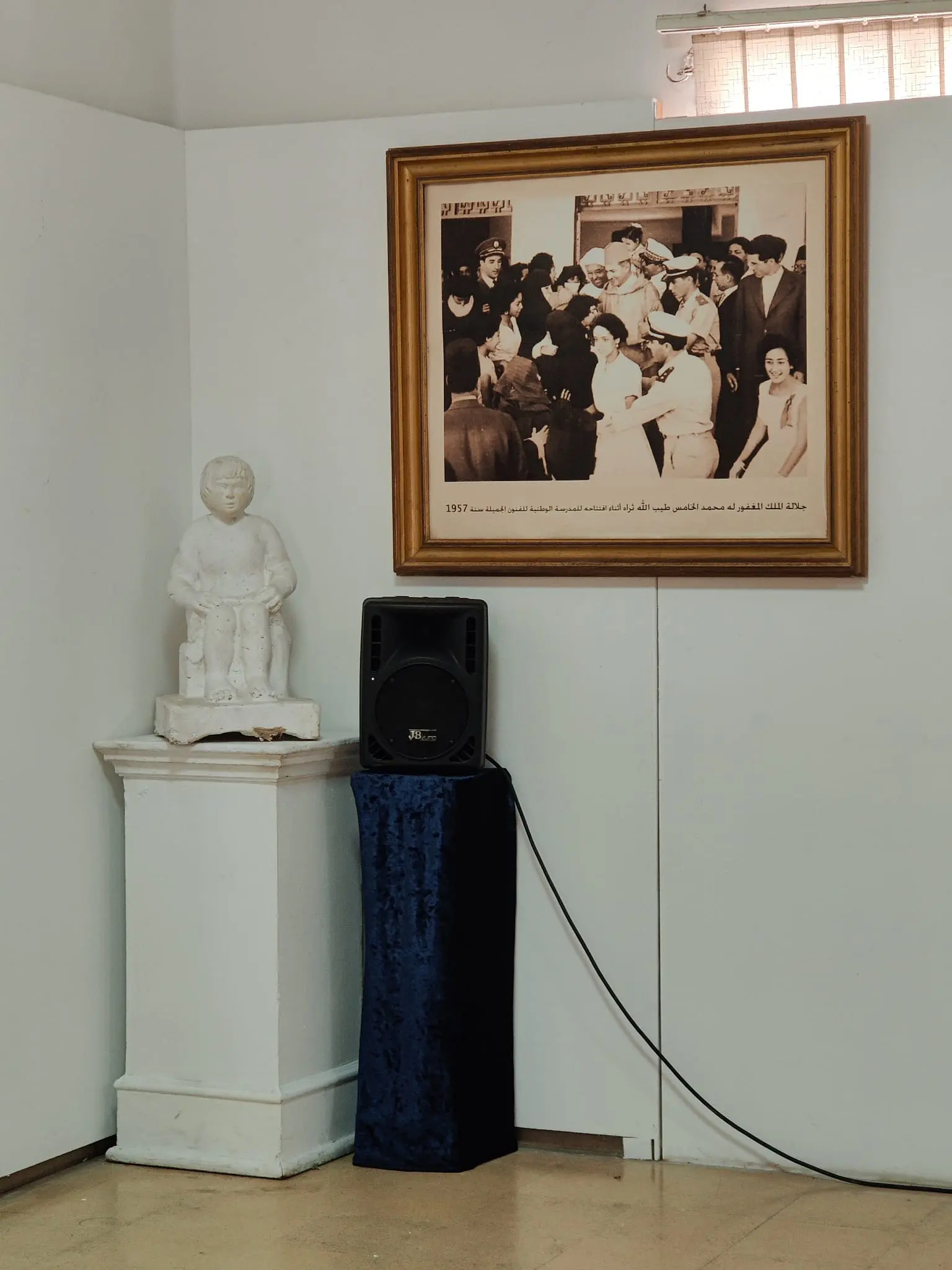

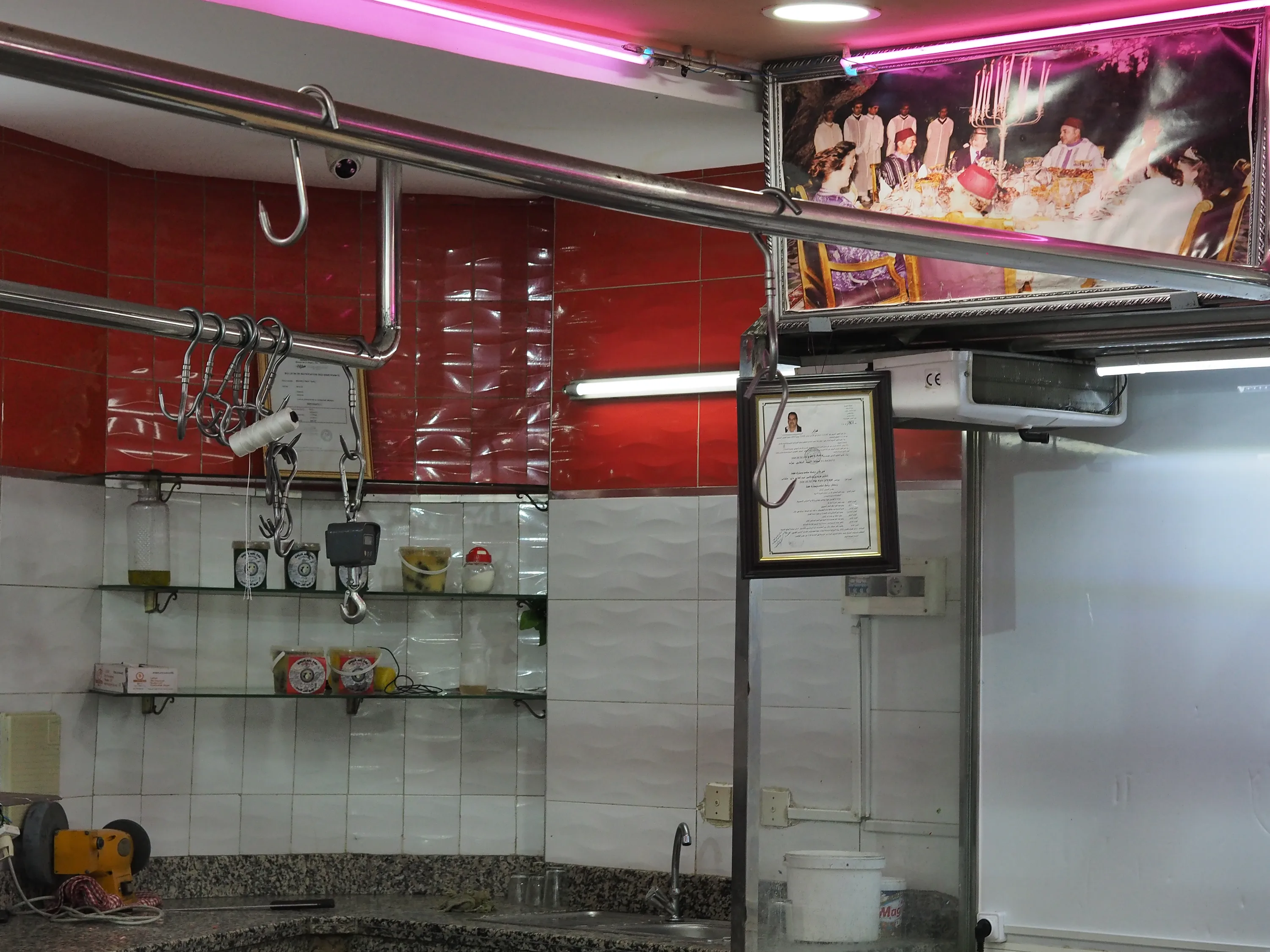

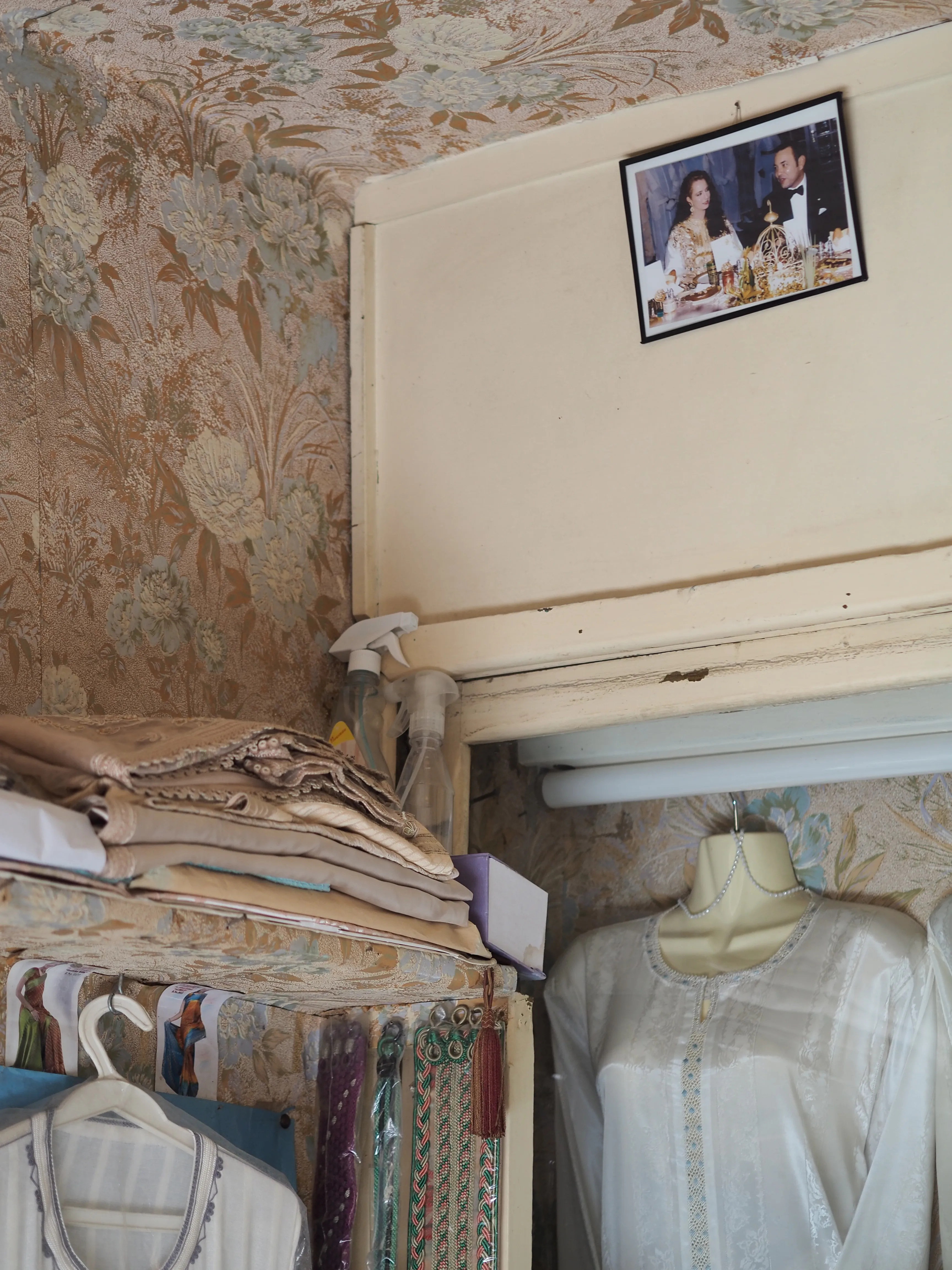
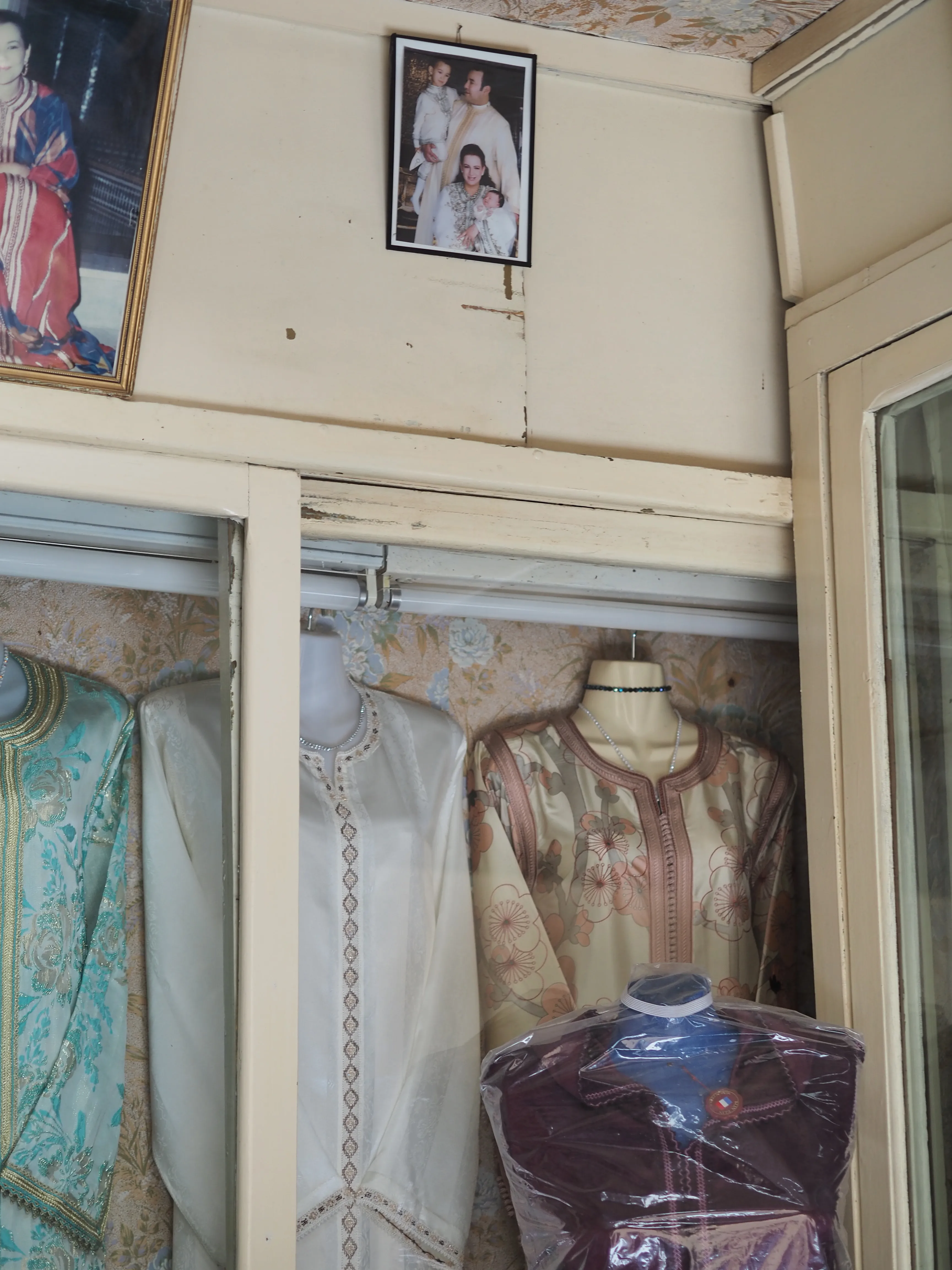
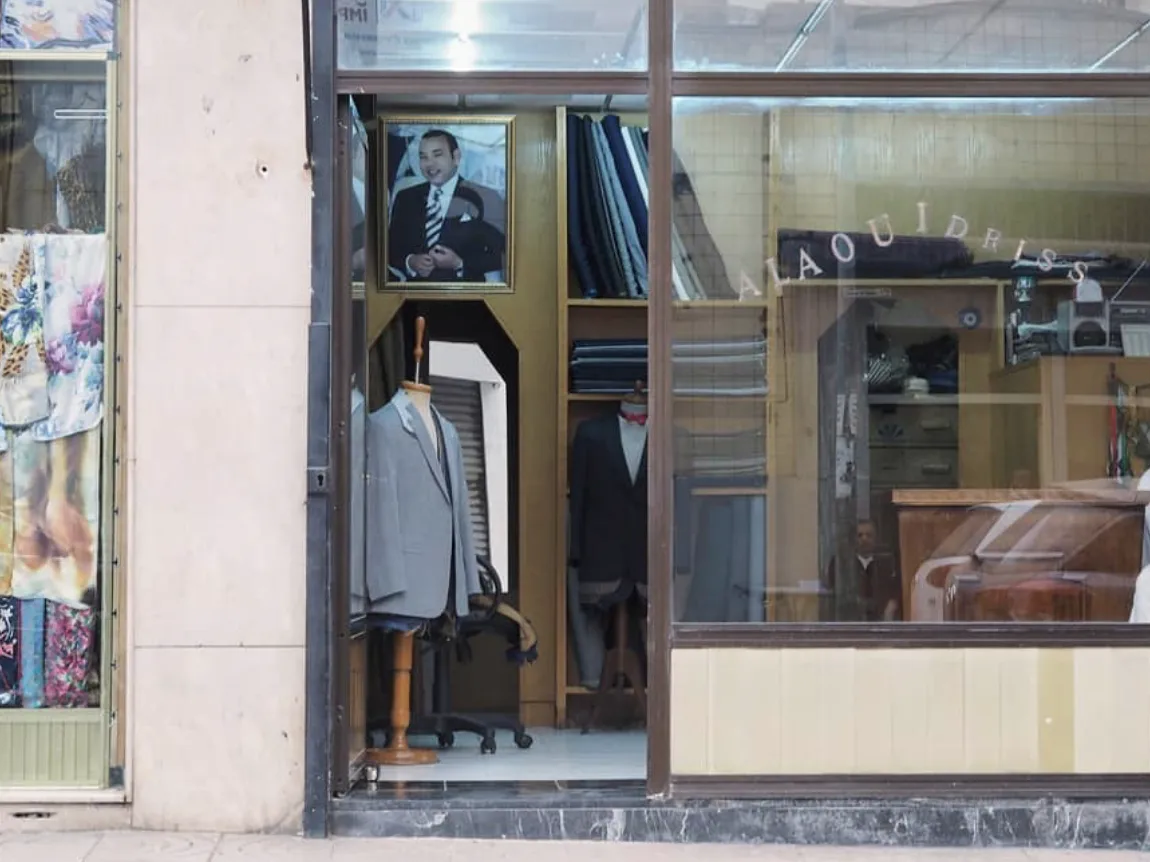
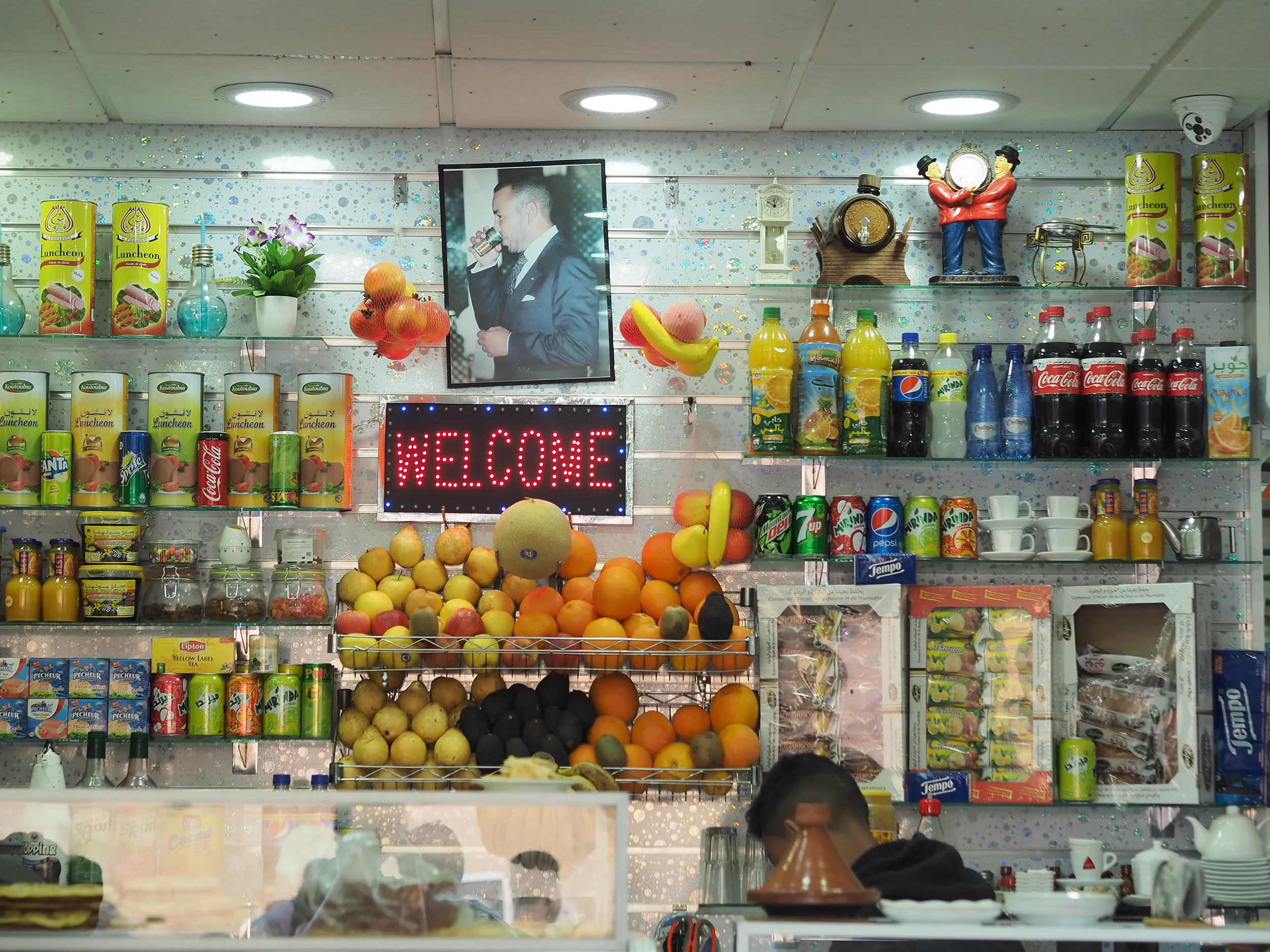
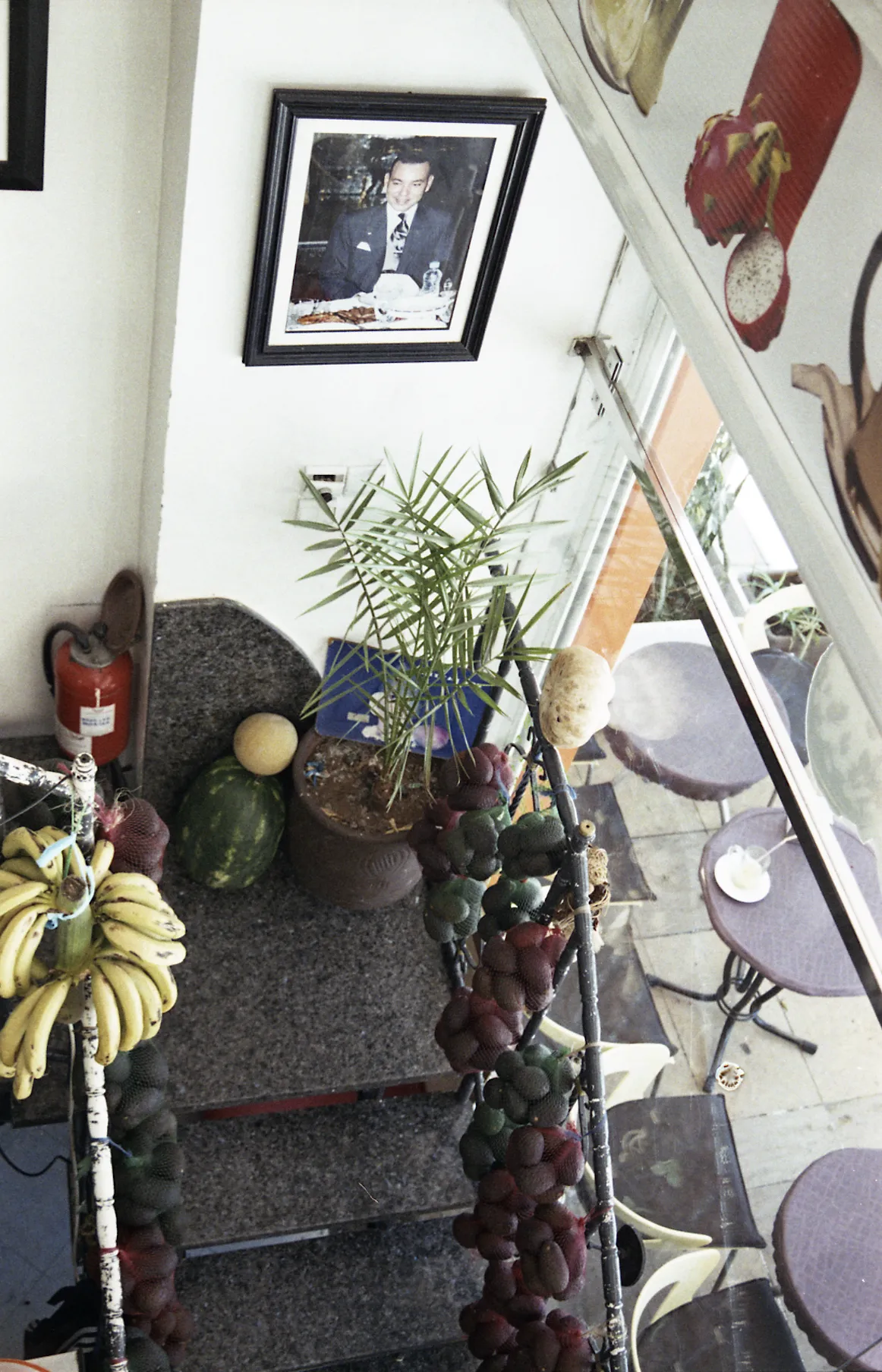
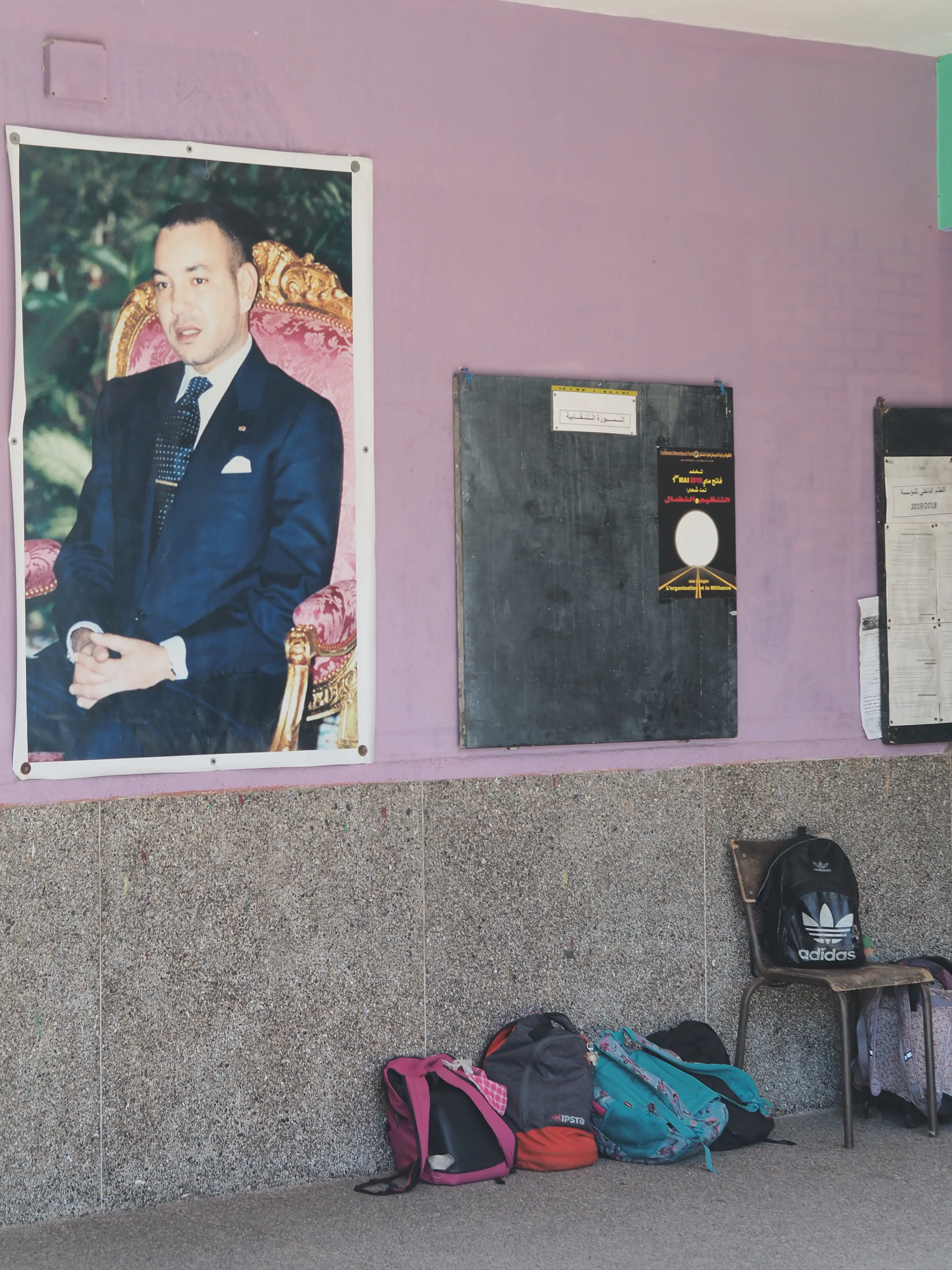
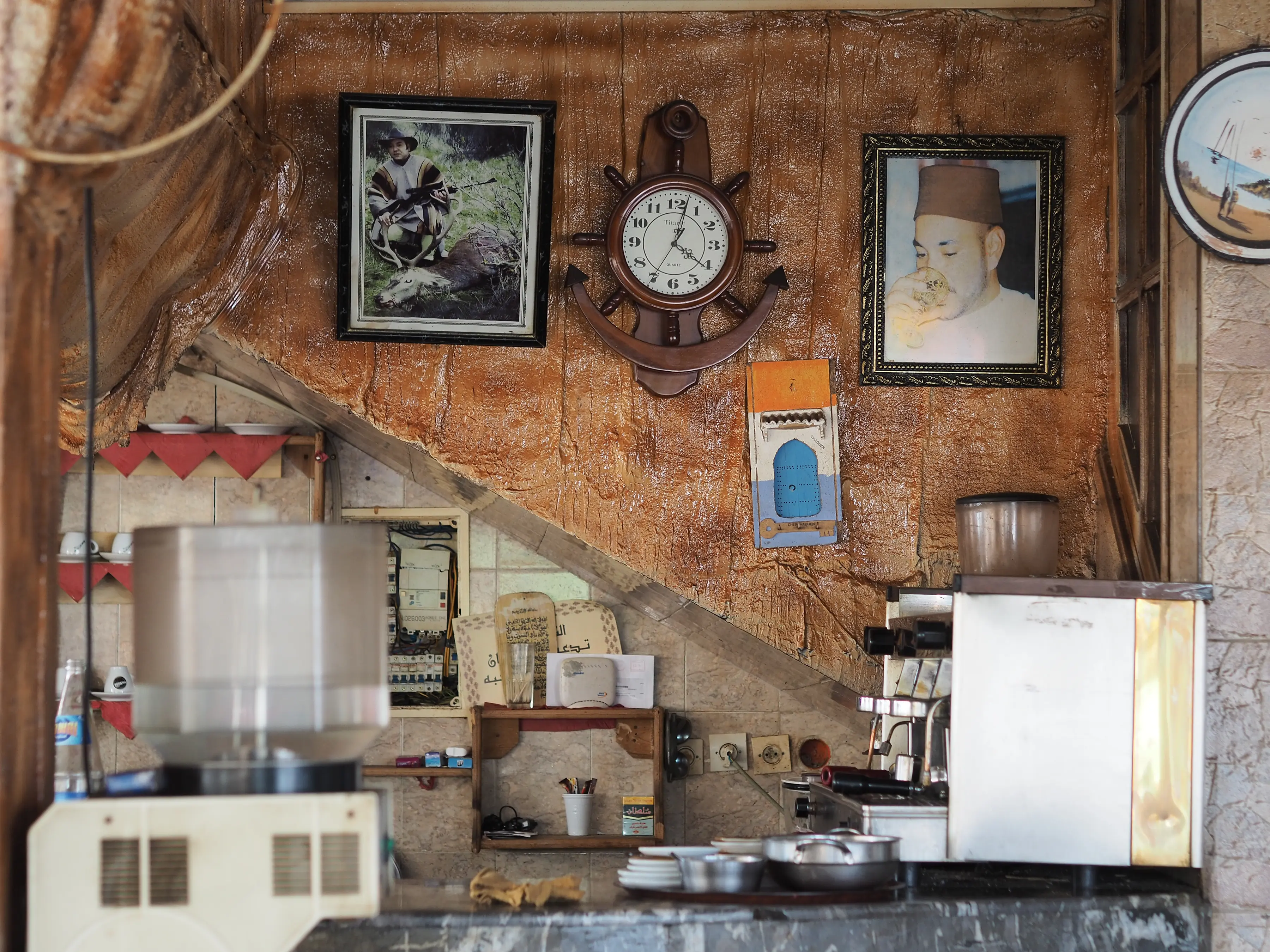
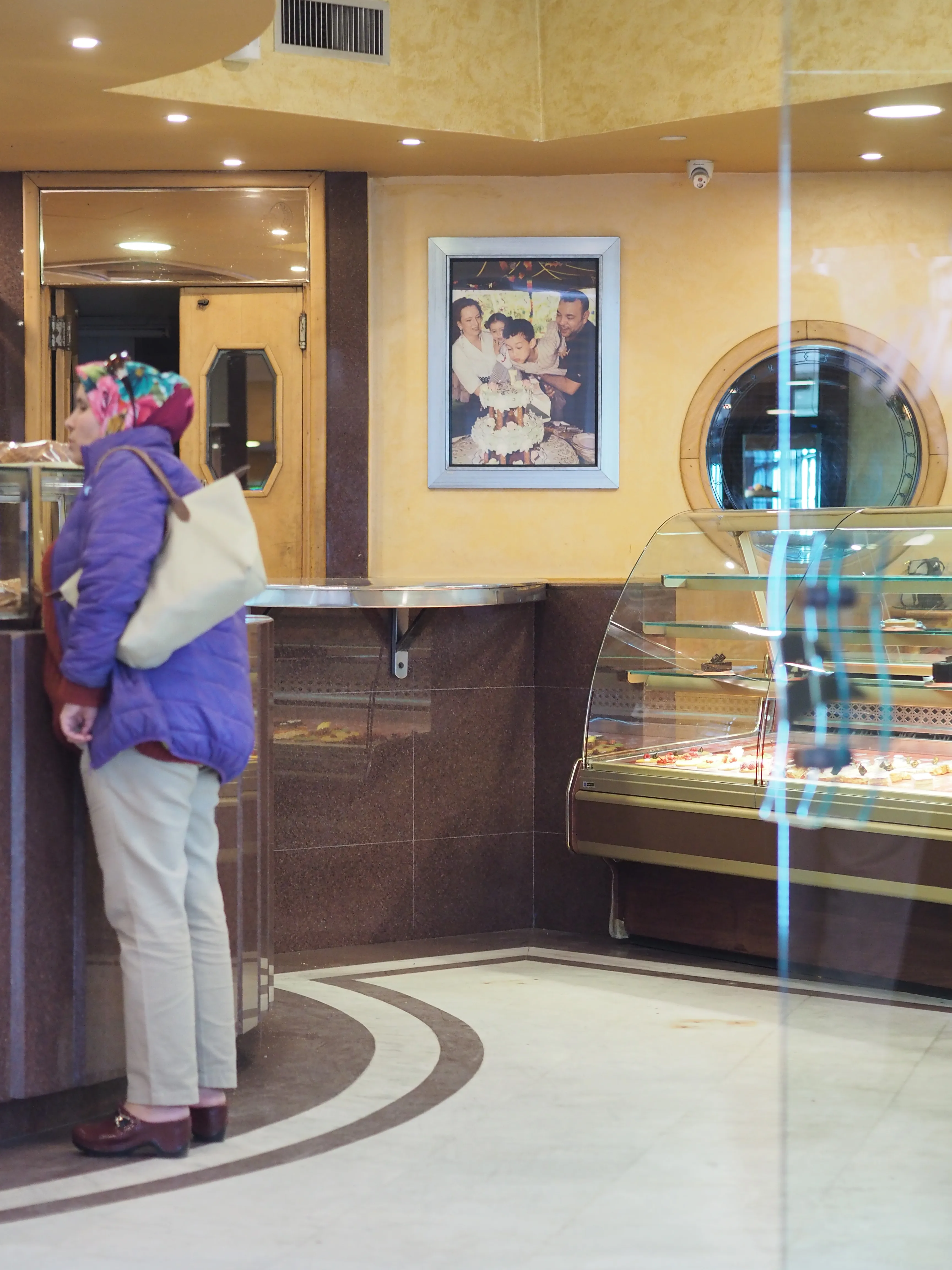
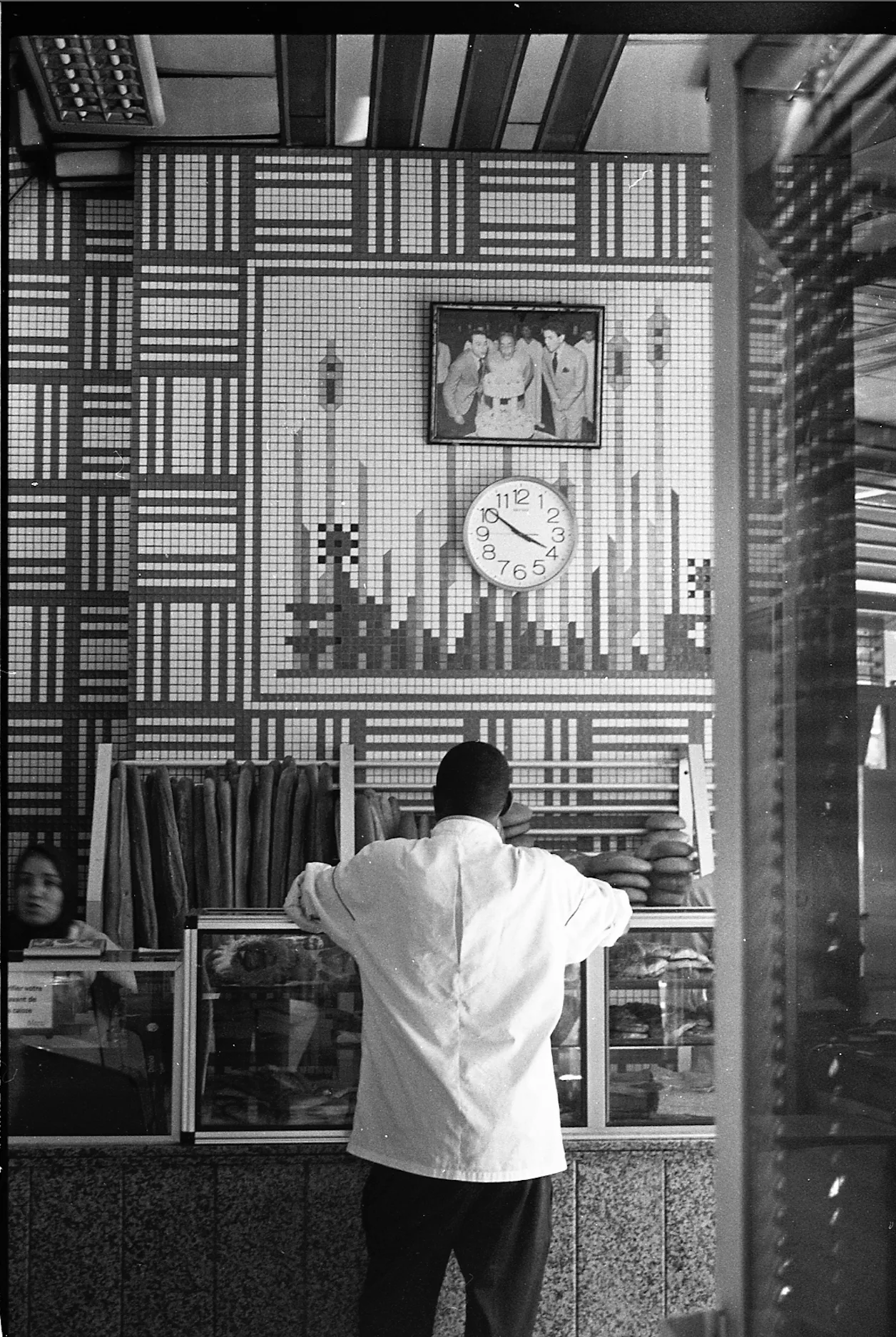
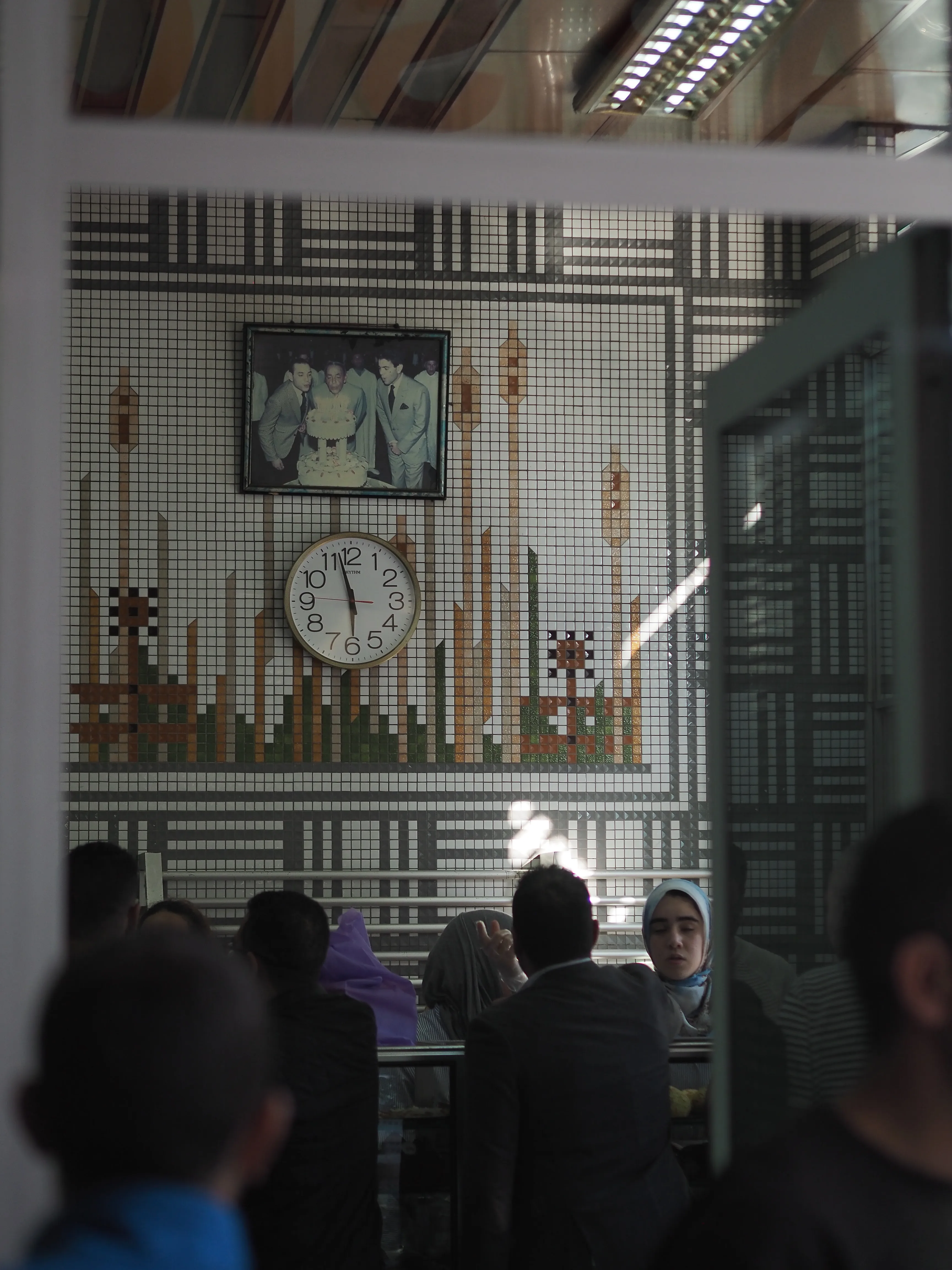




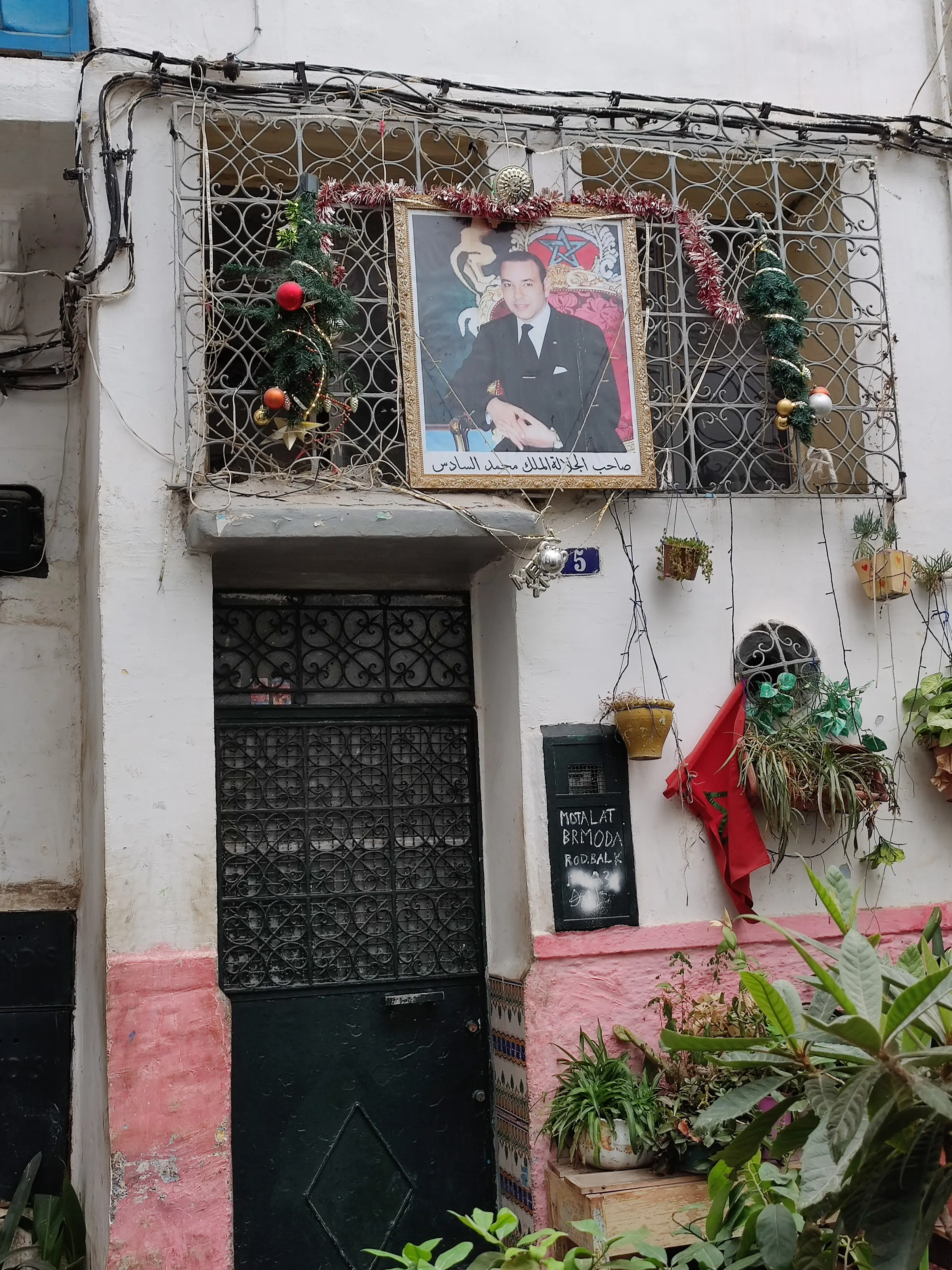
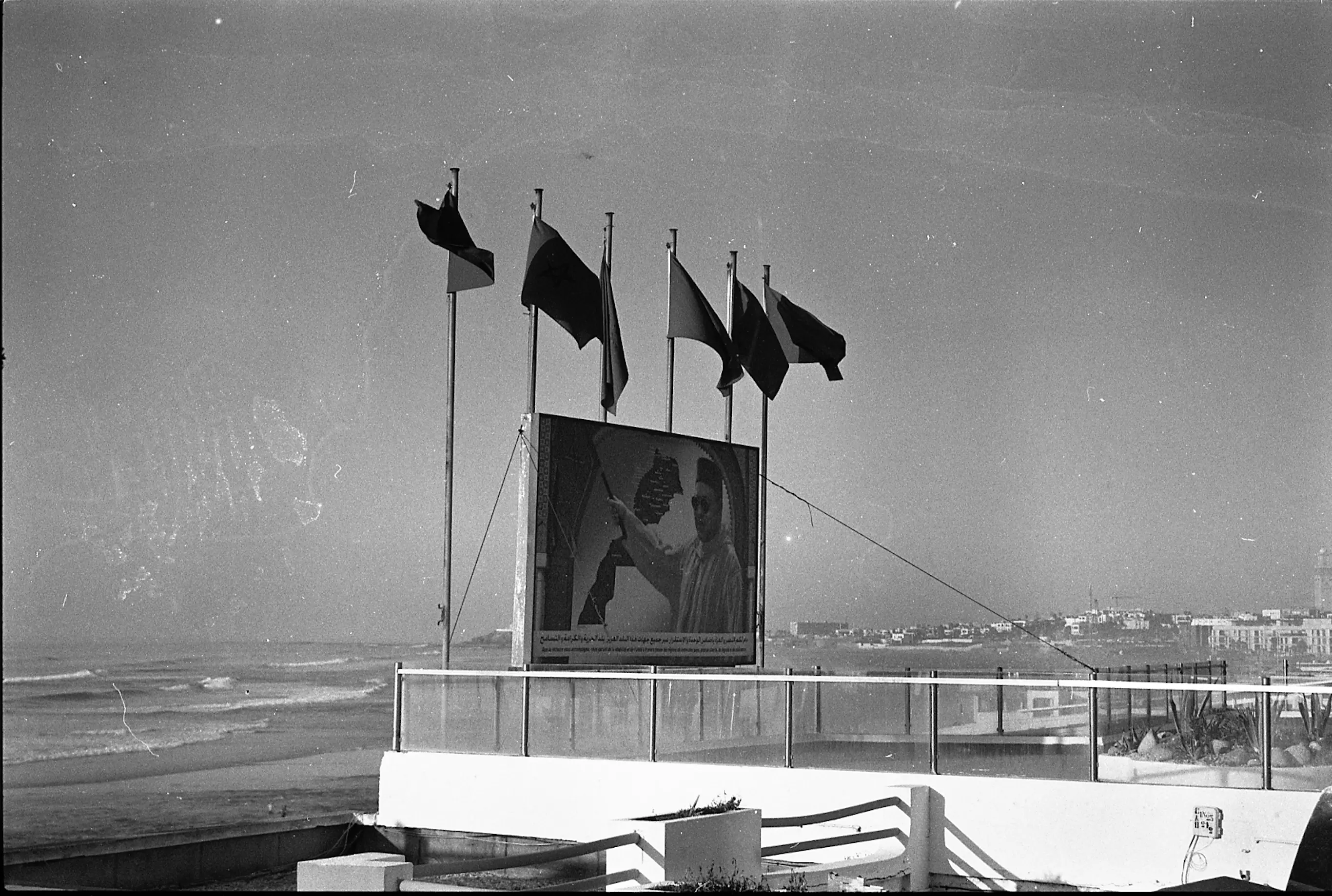
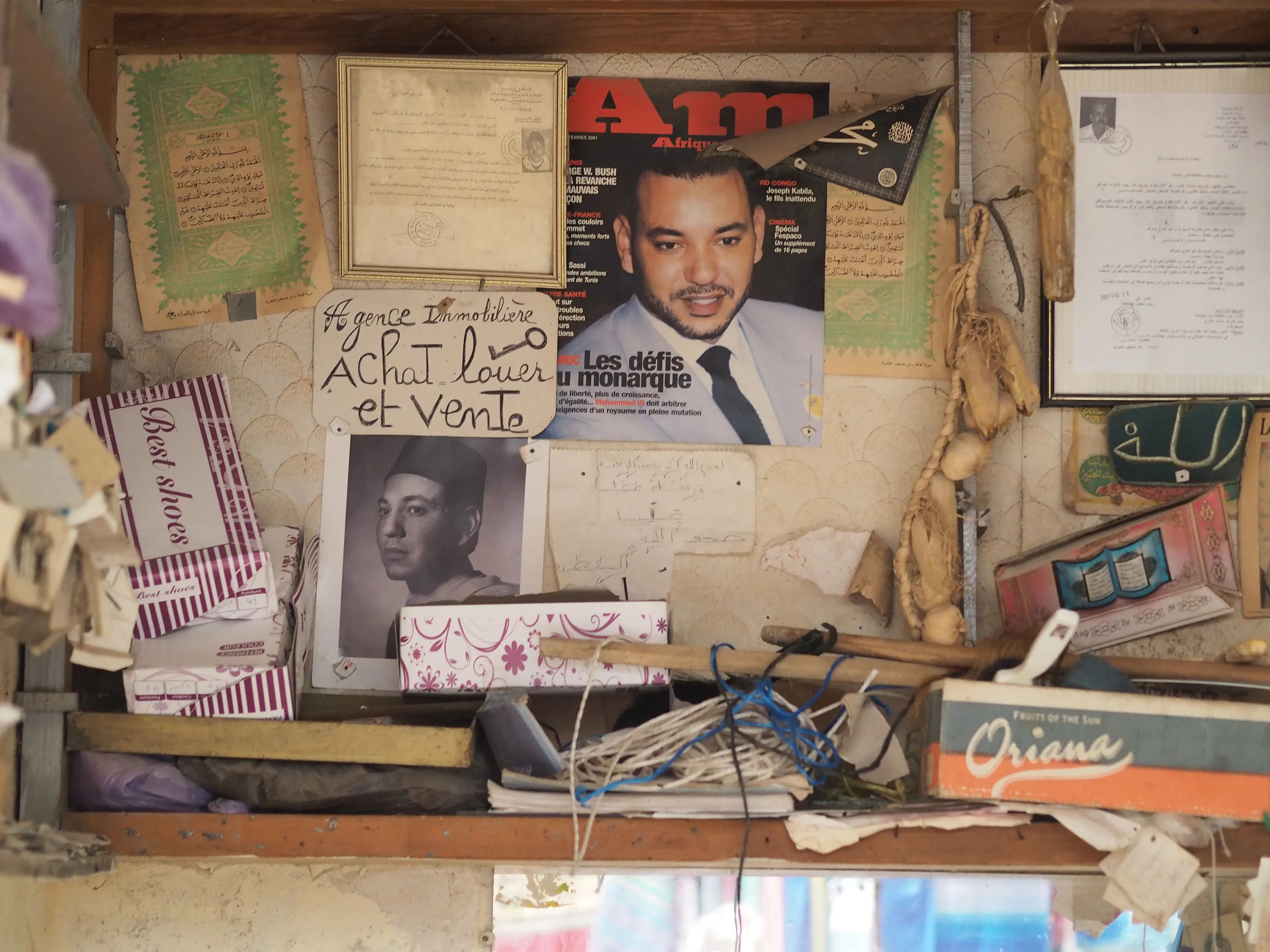


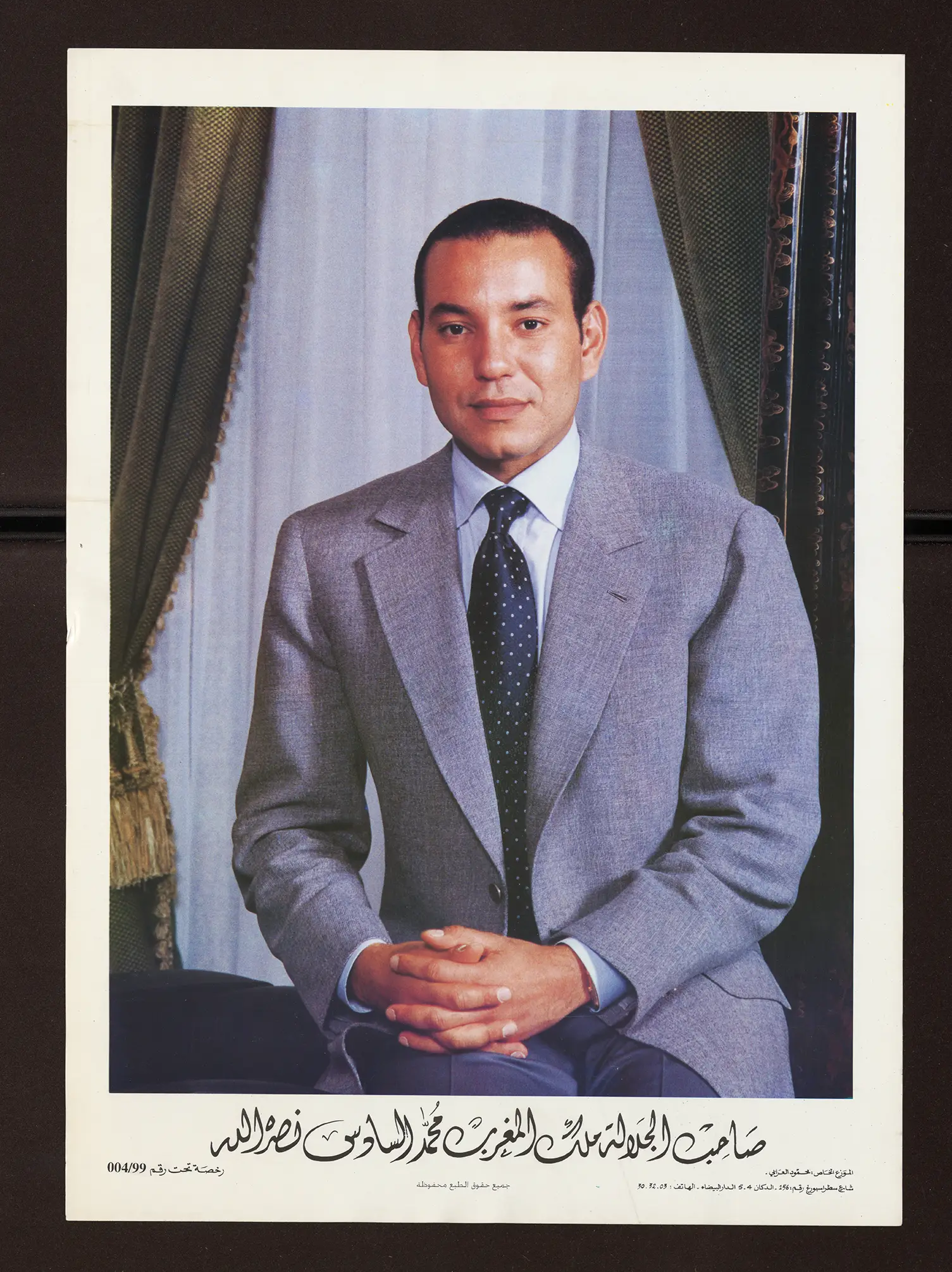

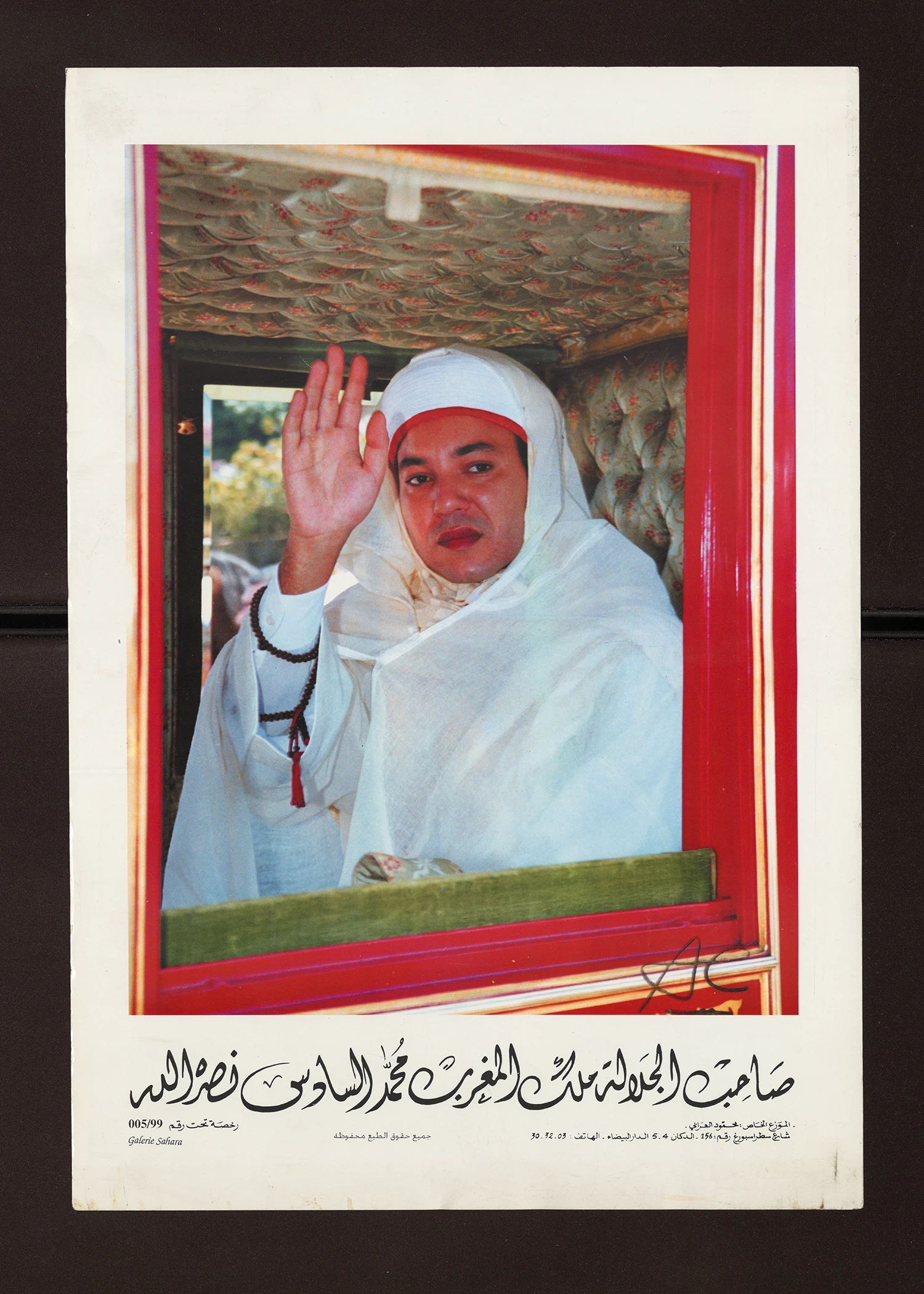
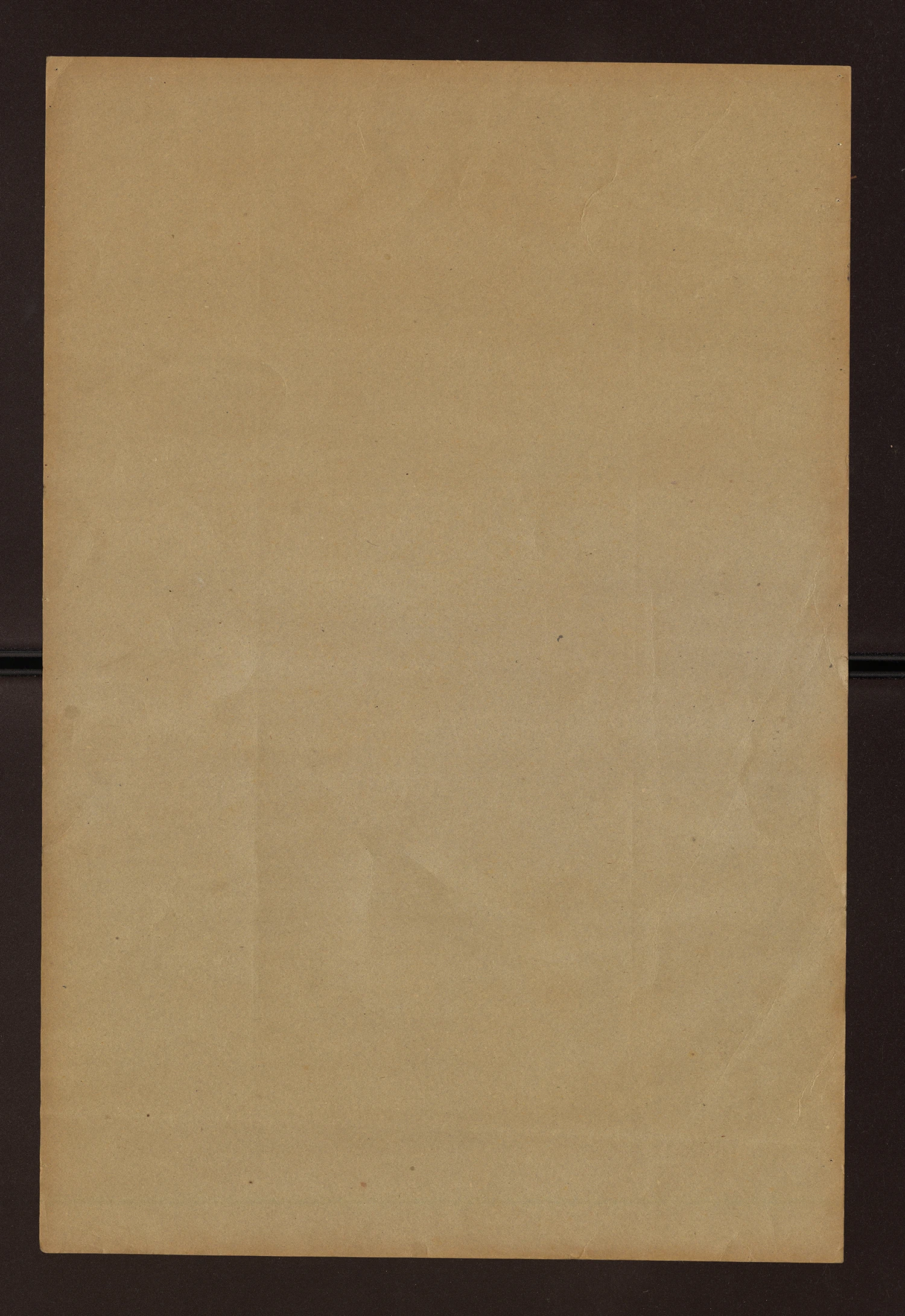
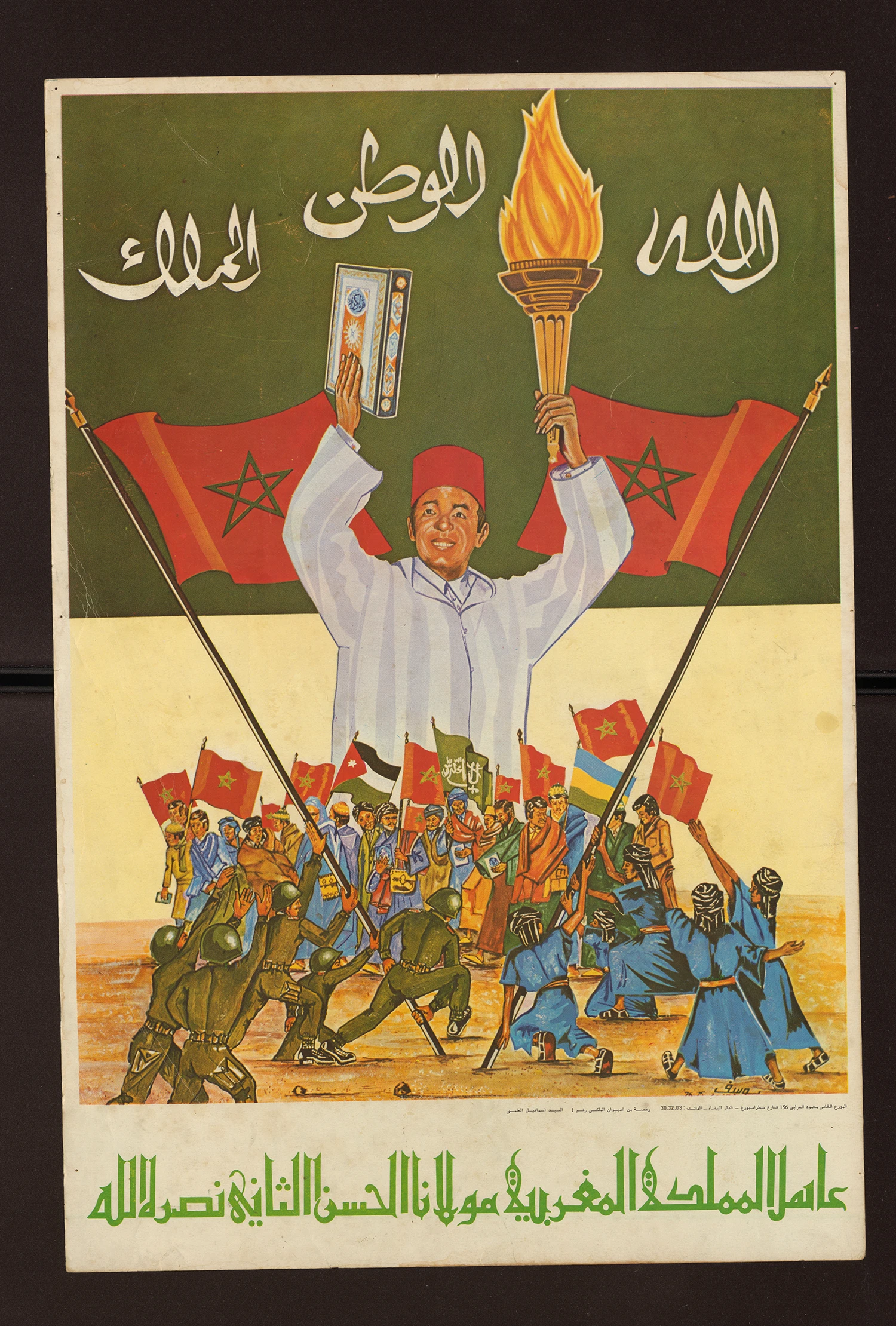
.webp)
